Kyushu Trip
14 - 21 Jun '25
During the June break, I visited Kyushu, Japan together with my wife. There was no particular reason on why Kyushu was chosen aside from the fact that it was one of the main Japanese islands which we have not visited and we managed to get the air tickets on the cheap. It turned out that Kyushu offered a good mix of nature, history and urban life. In this edition, I will provide 6 photographs (as it is June) for each day which captures the essence of my travels 😊.
Day 1 - Fukuoka / Hakata
Modern-day Fukuoka is the city formed by the merger of Hakata and the former castle town of Fukuoka. Hakata is commonly used interchangeably with Fukuoka as it is the commercial and historical hub in Fukuoka. Thus, we see glitzy malls like Hakata Canal City and JR Hakata City, patronised by locals and foreigners alike. JR Hakata City station is the transport hub for Japanese Railway Company (JR). It is the main shinkansen and railway station which links to the rest of Kyushu island.

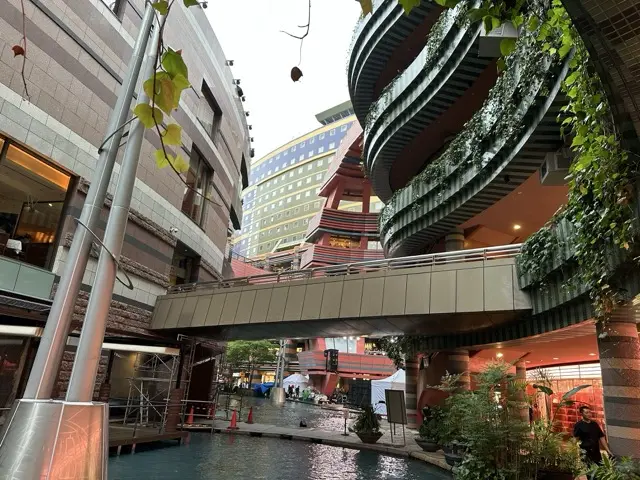
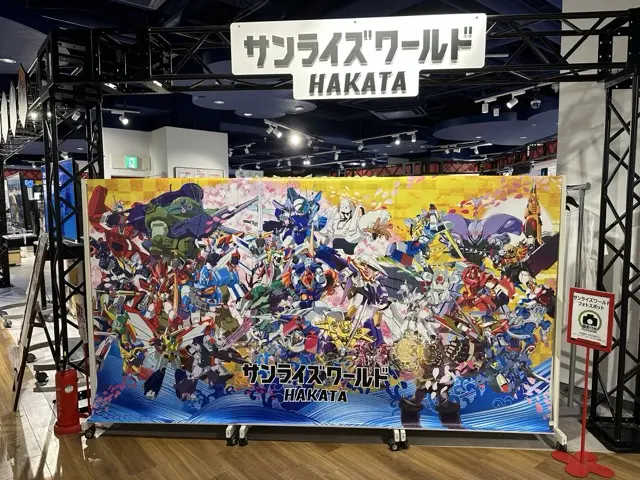

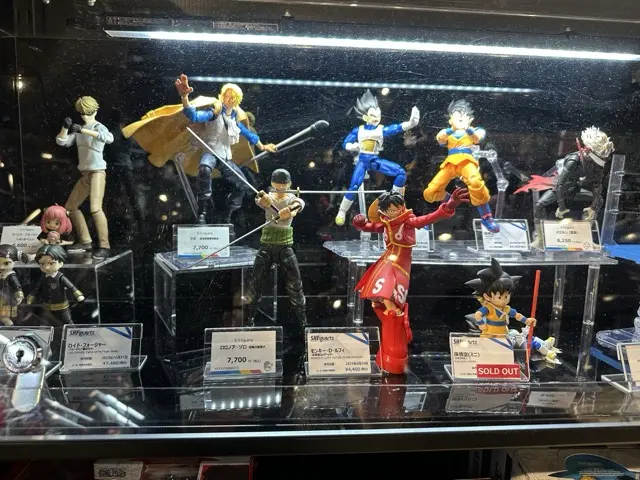
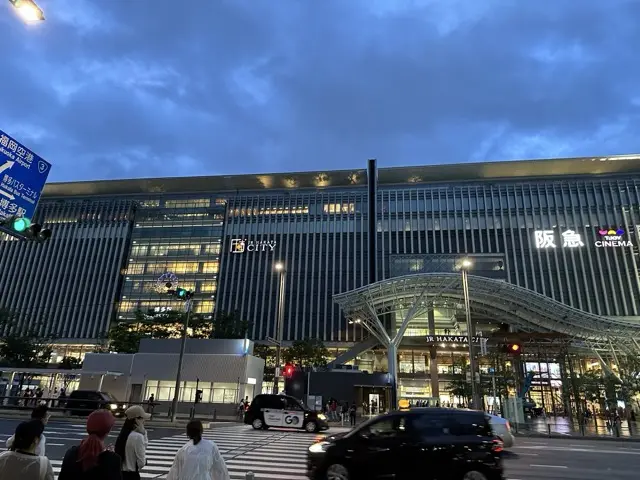
Day 2 - Fukuoka / Hakata
Next to the old Fukuoka castle grounds, Ohori Park offers a refreshing green space featuring a central lake, a serene Japanese garden, and the Fukuoka Art Museum. Families could be seen playing ball games or simply relaxing on a lovely Sunday afternoon, reminding us of the importance of rest and family time. At Fukuoka Art Museum, we saw many interesting and thought-provoking art pieces by the likes of Salvador Dali and Yayoi Kusuma. Interestingly, one of Yayoi Kusuma's most iconic art piece, the ubiquitous pumpkin, was a work 40 years in the making. It arose from mini designs which gradually developed into the final master piece, as seen in the image below.
After visiting Ohori park, it was time for another round of shopping, this time at Tenjin district. Tenjin is a shopping and entertainment district filled with Japanese department stores like Mitsukoshi, Daimaru and Parco. It also has an extensive underground shopping mall which runs beneath and parallel to the subway line and station platforms.
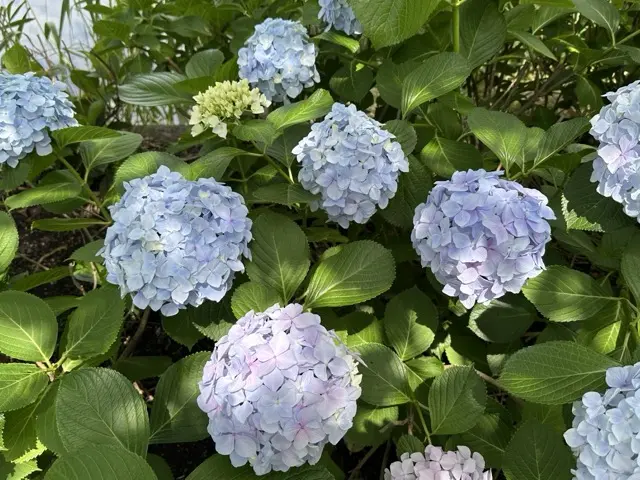
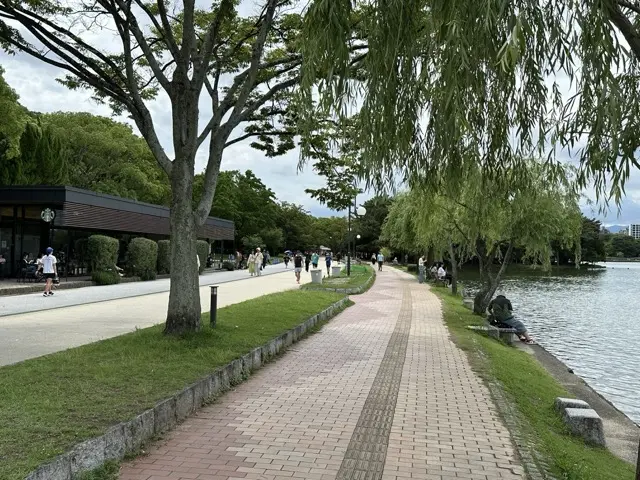
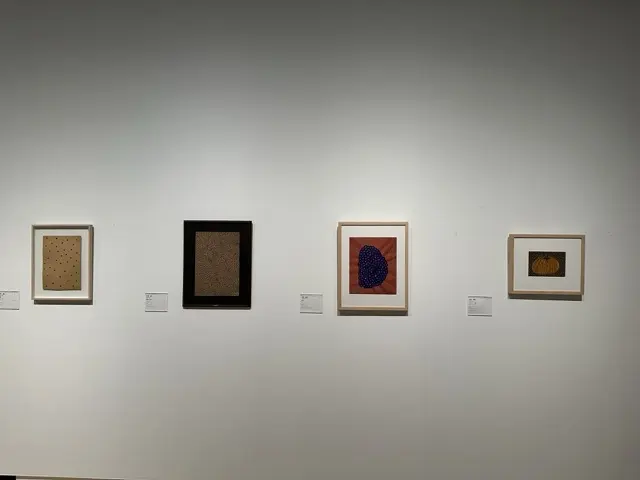
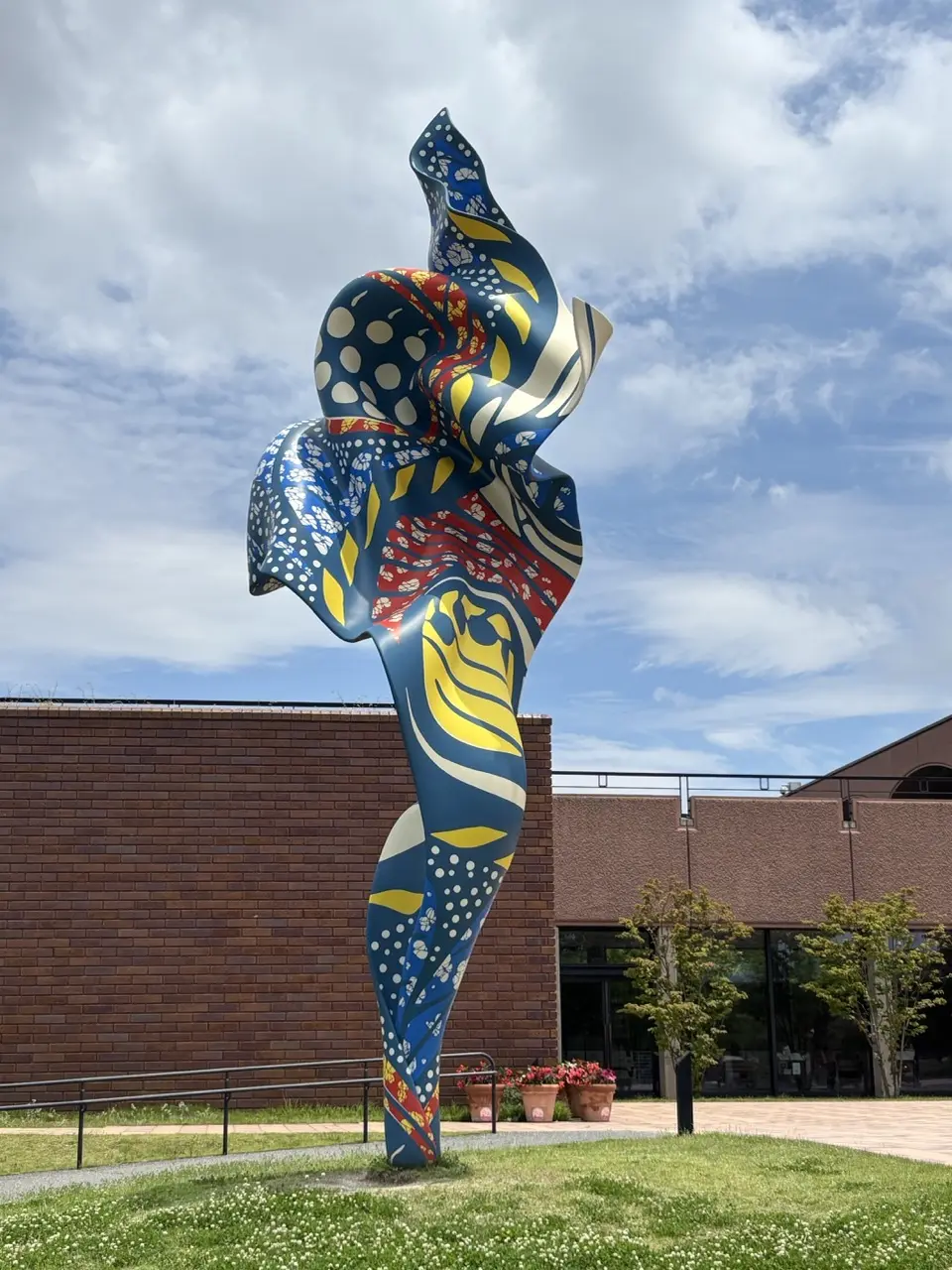
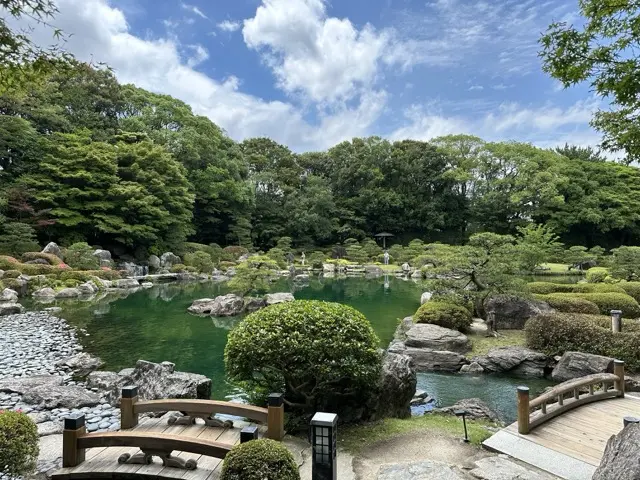
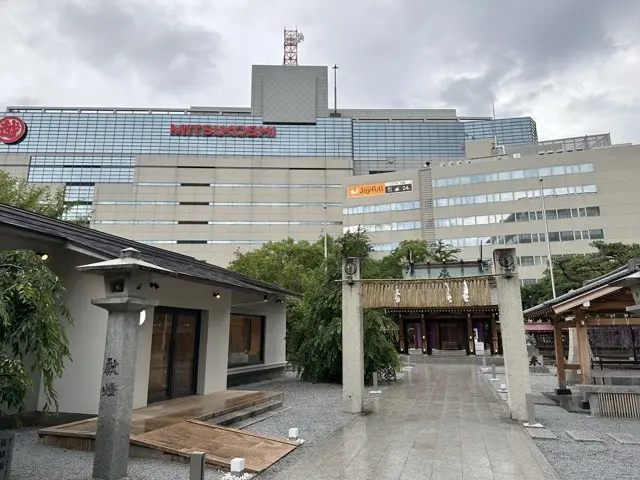
Day 3 - Beppu (Onsen town)
Beppu is a popular onsen (hot spring) town located in east Kyushu. Tourists visit Beppu for the hot spring baths and the "Seven Hells of Beppu". The seven hells of Beppu are coloured hot springs located which are for viewing rather than bathing. The seven hot springs are clustered into two different parts of the town. Each hot spring displays a steaming pond which is of a different colour. The colours arise because of the rich volcanic minerals which dissolve in the ponds. Besides enjoying the sights of the ponds, each hot spring has a uniquely themed attraction, such as a foot bath, crocodile farm, marine museum and a geyser which erupts every half an hour. Each hot spring also has unique ink stamp which could be stamped onto a pamphlet to mark our visit. This was one of the most relaxing day trip as we could visit the seven hot springs at a comfortable pace, with time for lunch and tea albeit with some walking. We did not visit a bathing onsen as it was already quite hot in the day.
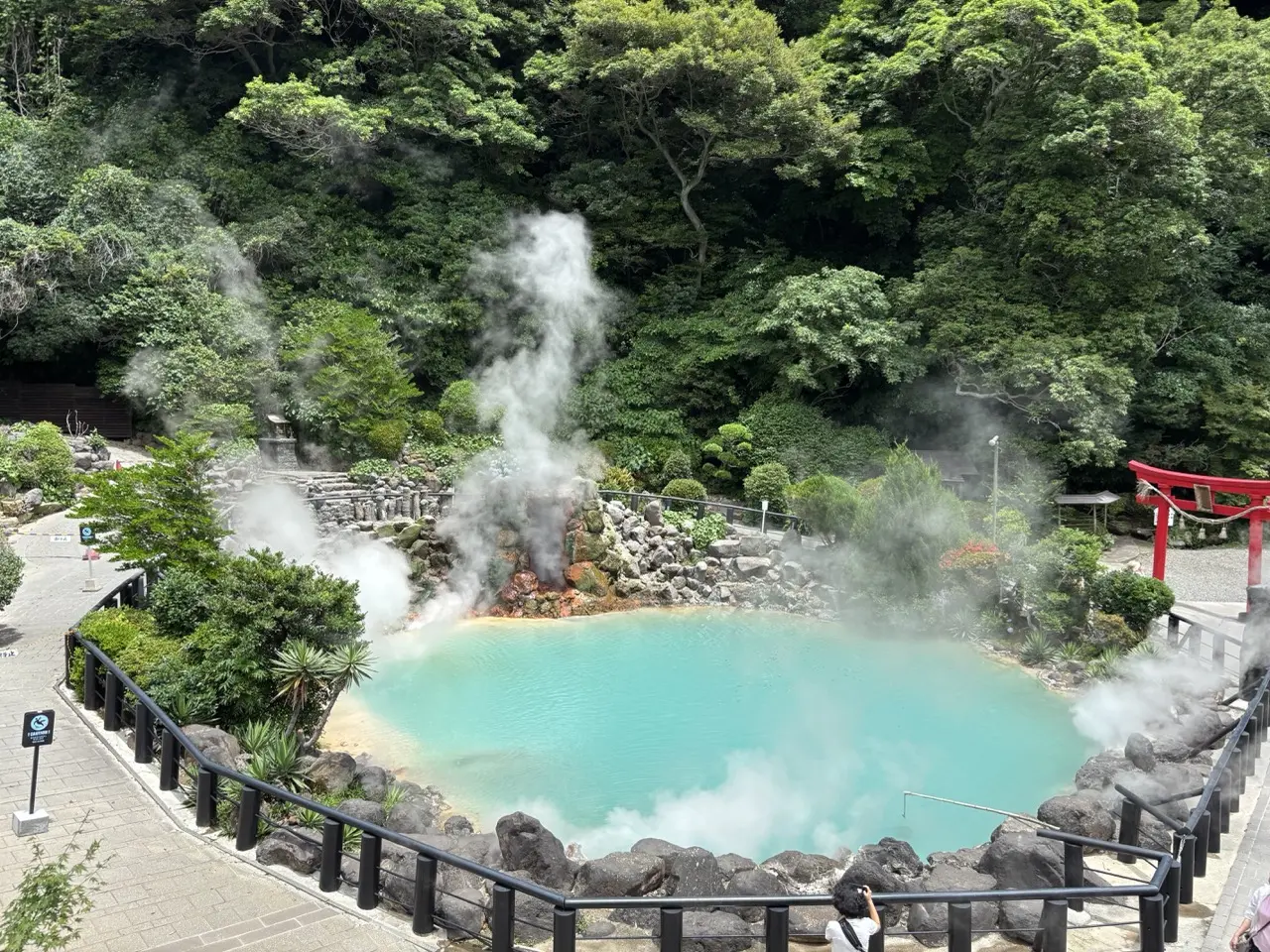
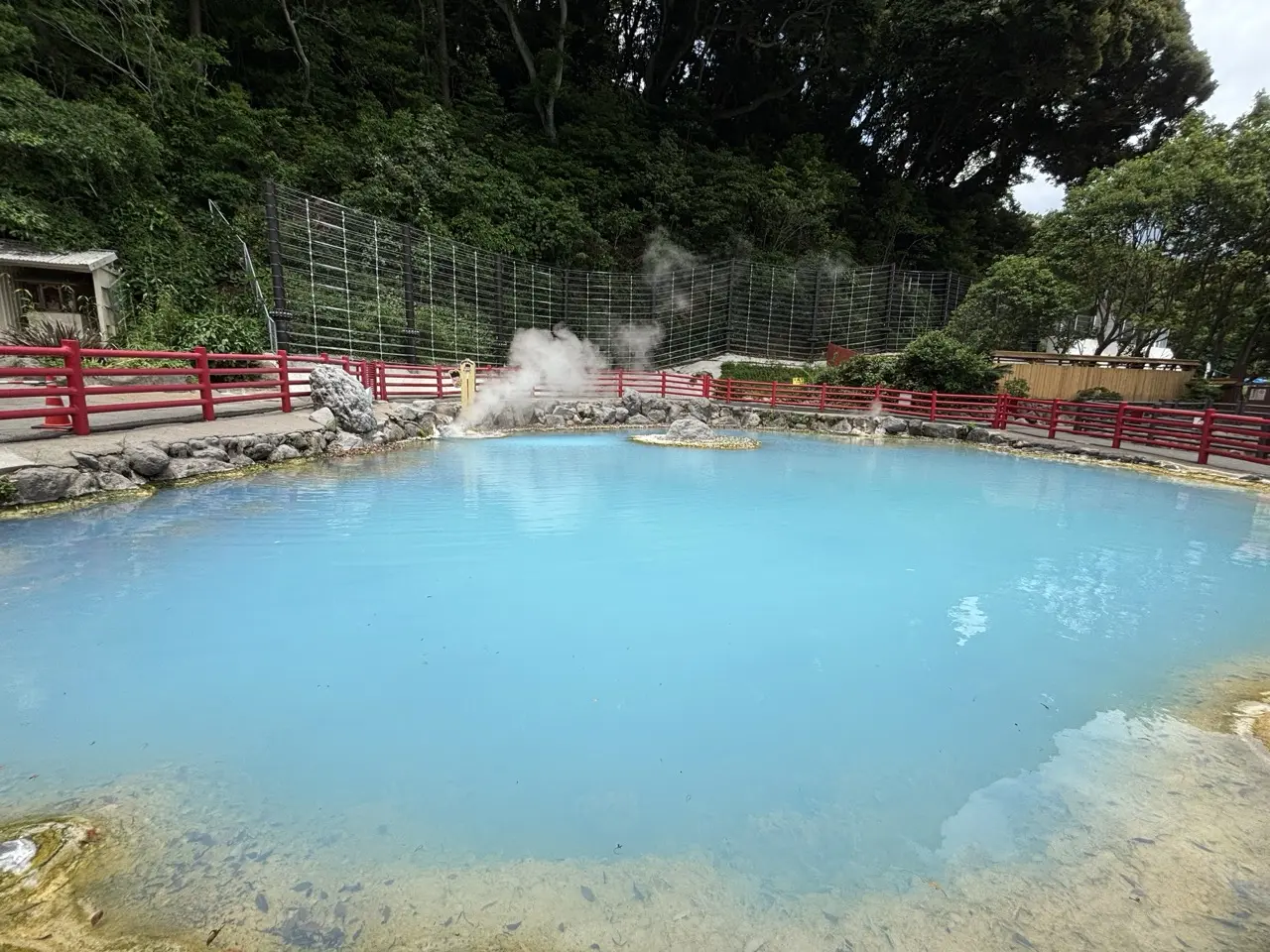
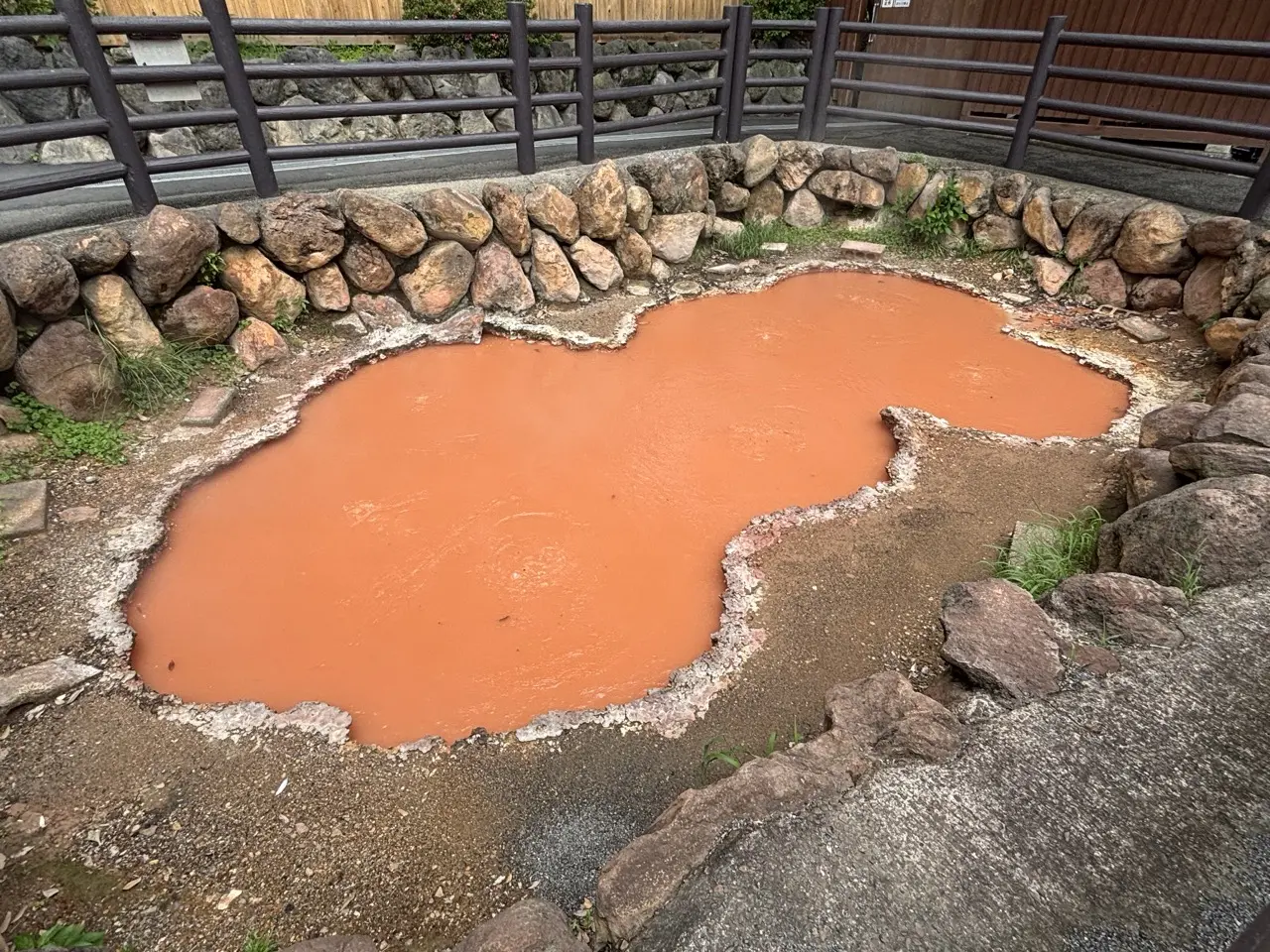
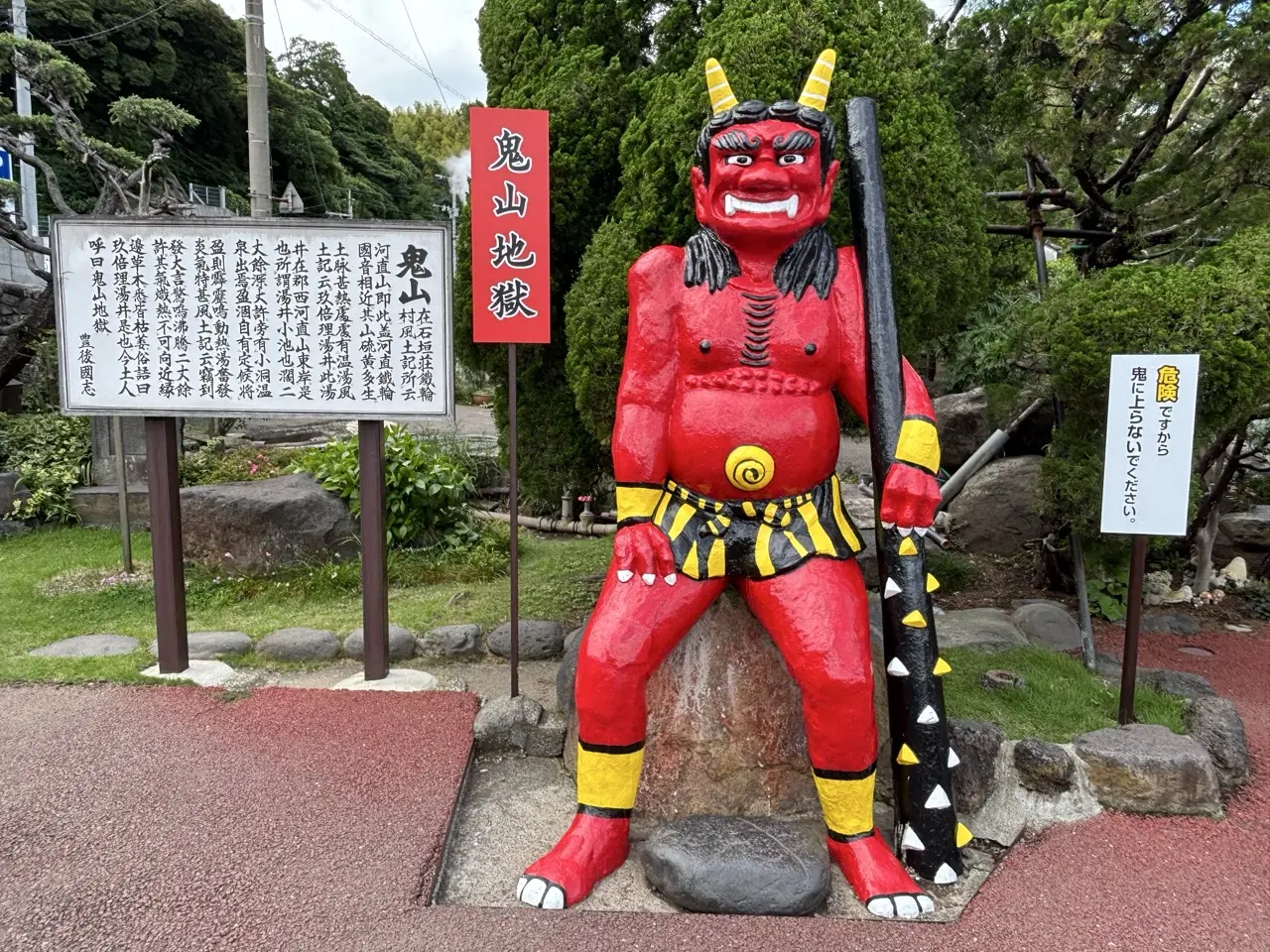
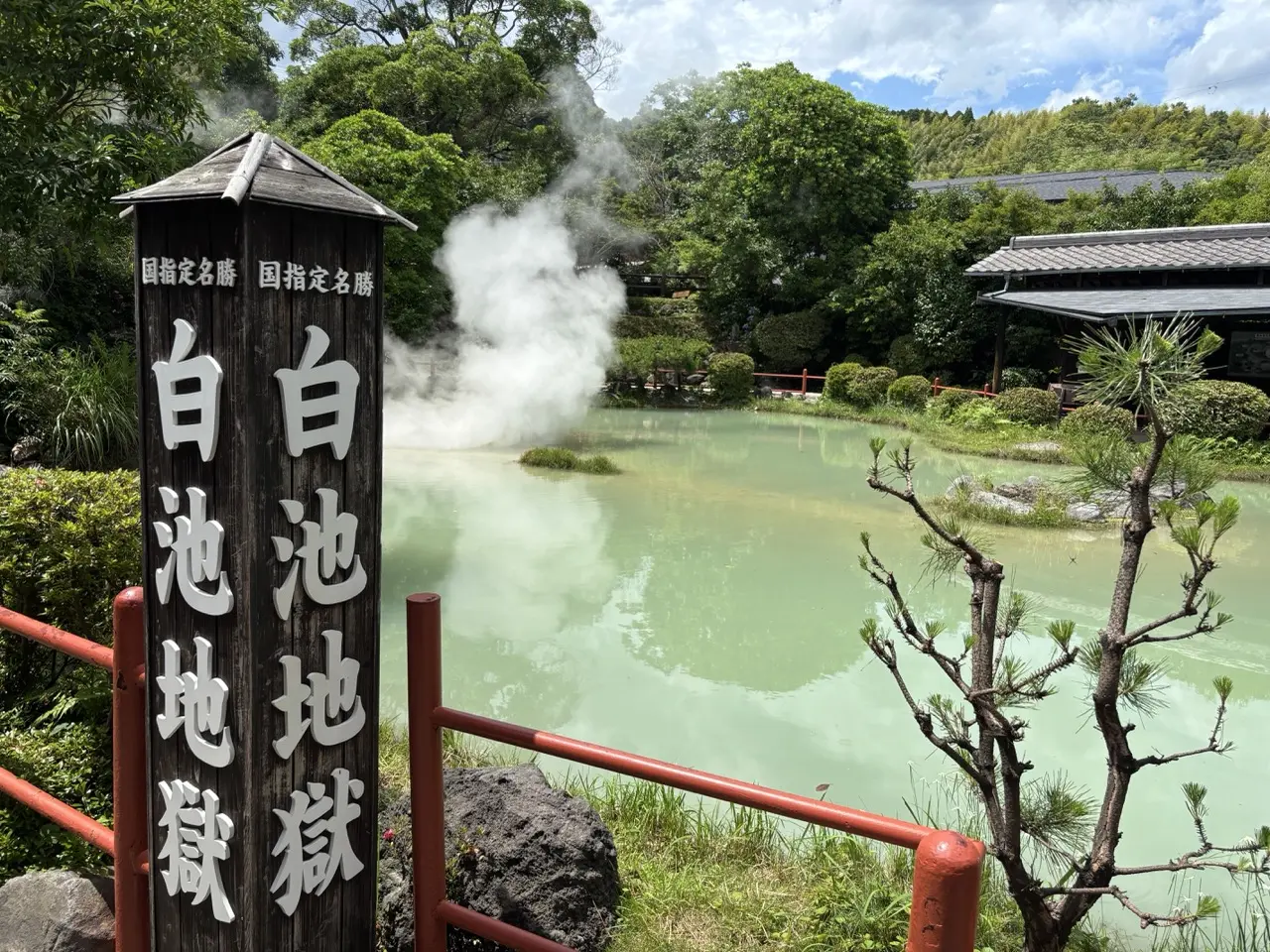
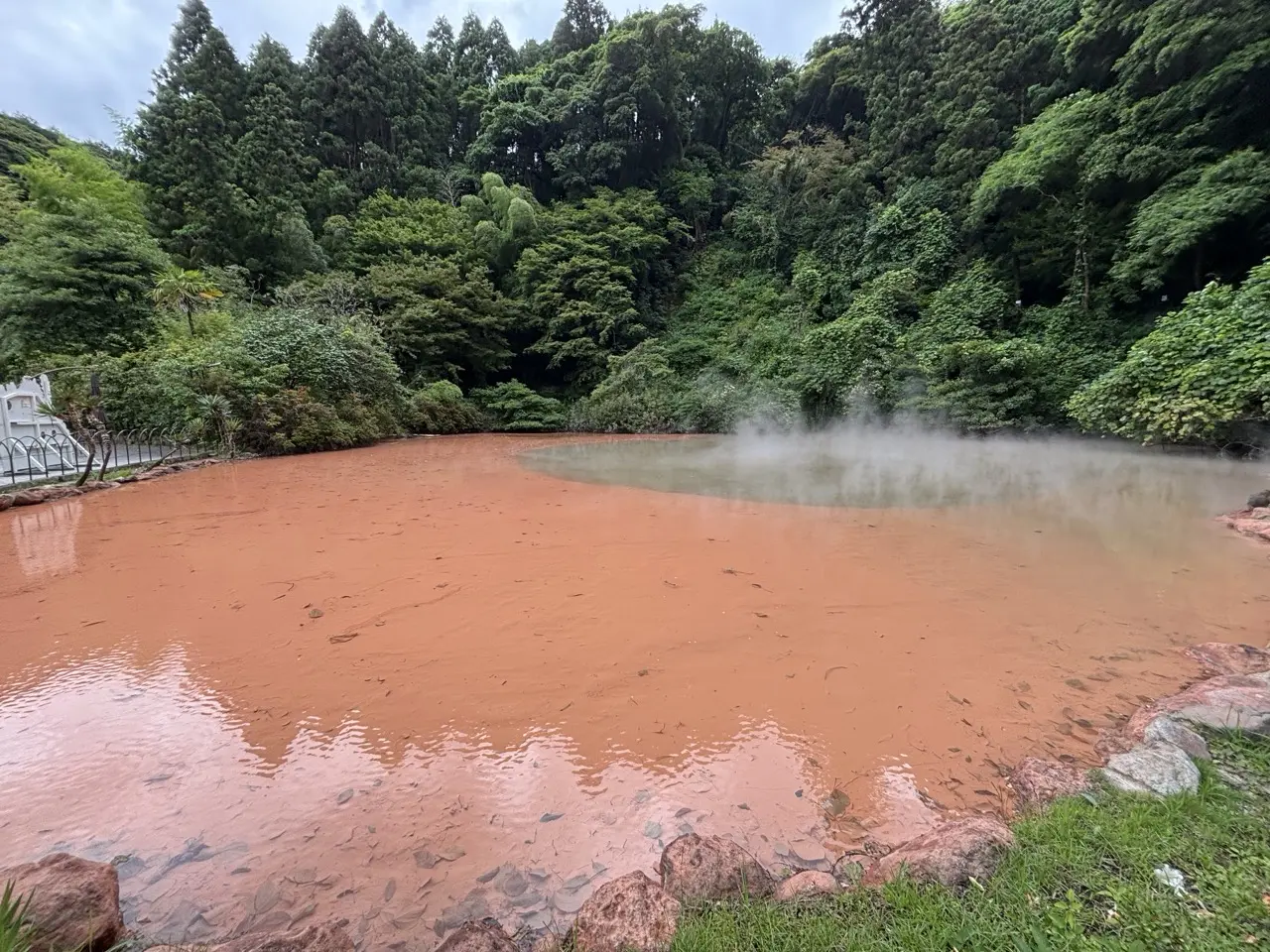
Day 4 - Kagoshima
It is time for a little geography and history lesson. Kagoshima is famous its volcano, Sakurajima. It is located on a once-island which became a peninsula after an eruption in 1914 connected the island to the mainland. In Kagoshima, we visited Sengan-en, a beautiful garden and historical residence that once belonged to the ruling Shimadzu family of the Satsuma domain (present day Kagoshima). Sengan-en is now both a garden and a museum, offering a glimpse into the lifestyle of the former lords. One of the highlights of Sengan-en is the breathtaking view of Mount Sakurajima — the same view the lord and his family would have admired centuries ago from their home.
Sakurajima itself is a relatively quiet town. Its active volcano has three peaks, namely Kita-dake (north peak), Naka-dake (middle peak) and Minami-dake (south peak). The active Minami-dake erupted as recent as the previous year in February 2024, which meant that ferry services between the peninsula and mainland are available 24/7. Naturally, it is a haven for hikers and nature lovers. Nonetheless, people are not allowed approach within 2km of the craters for safety reasons.
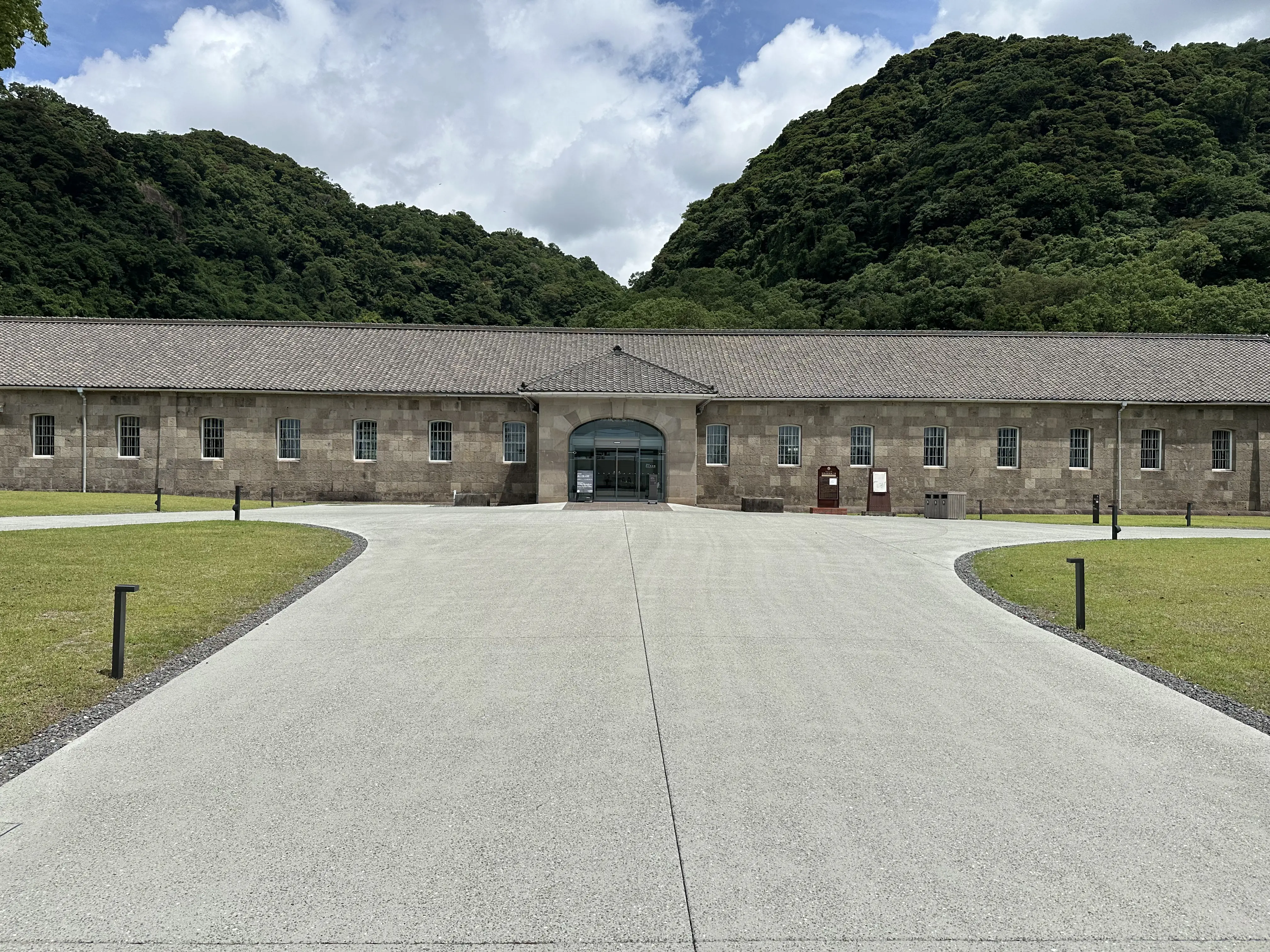
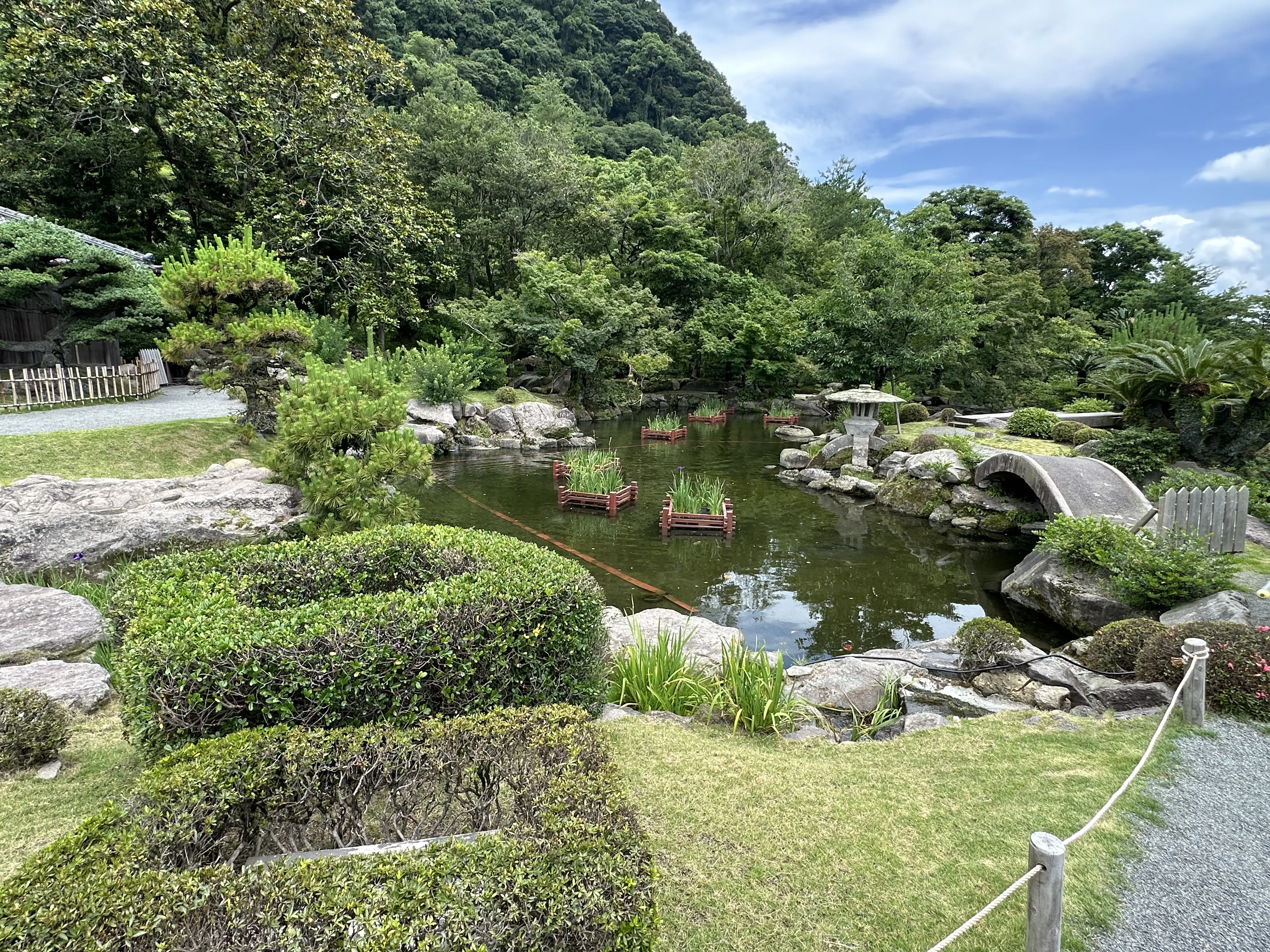
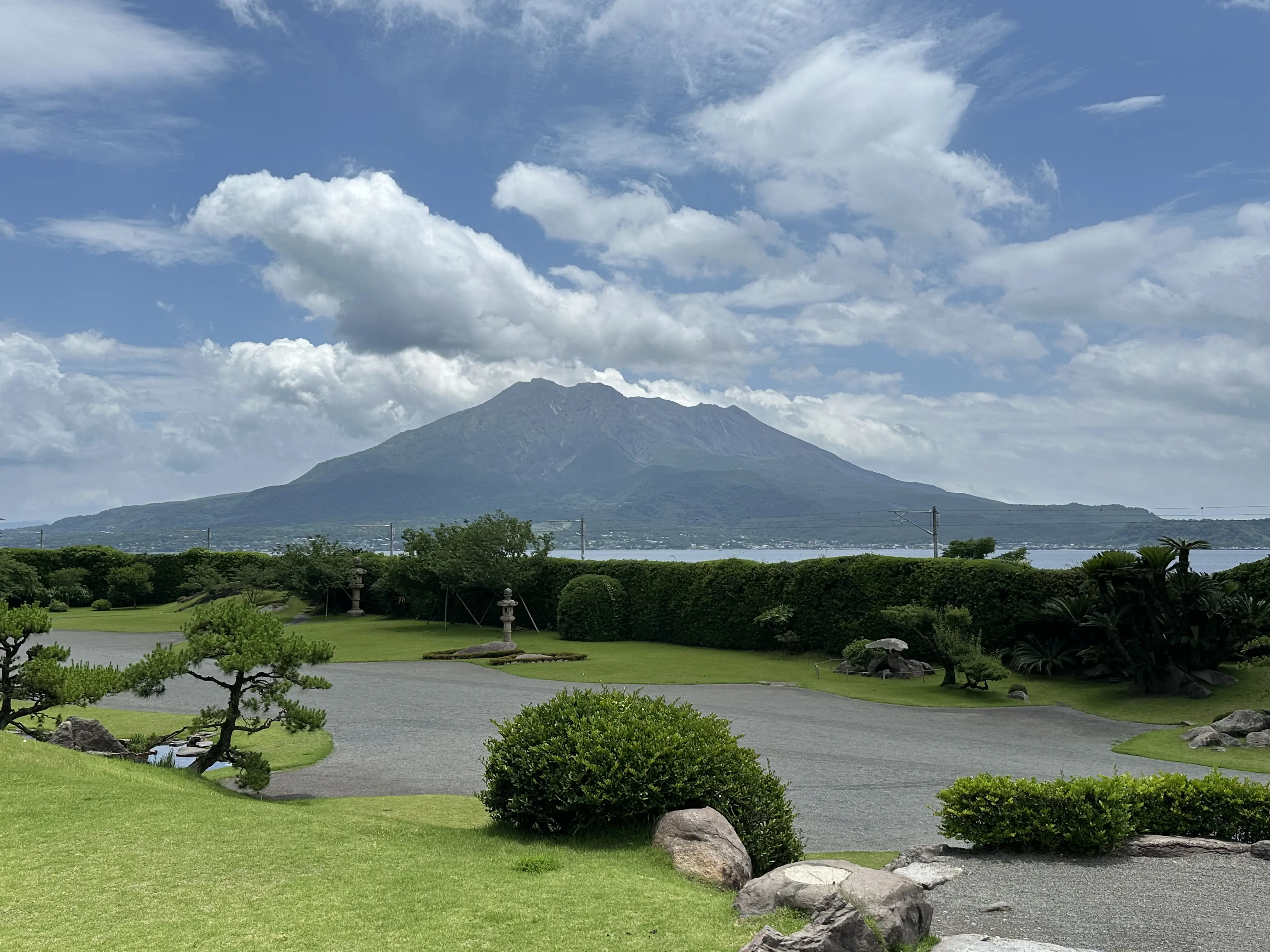
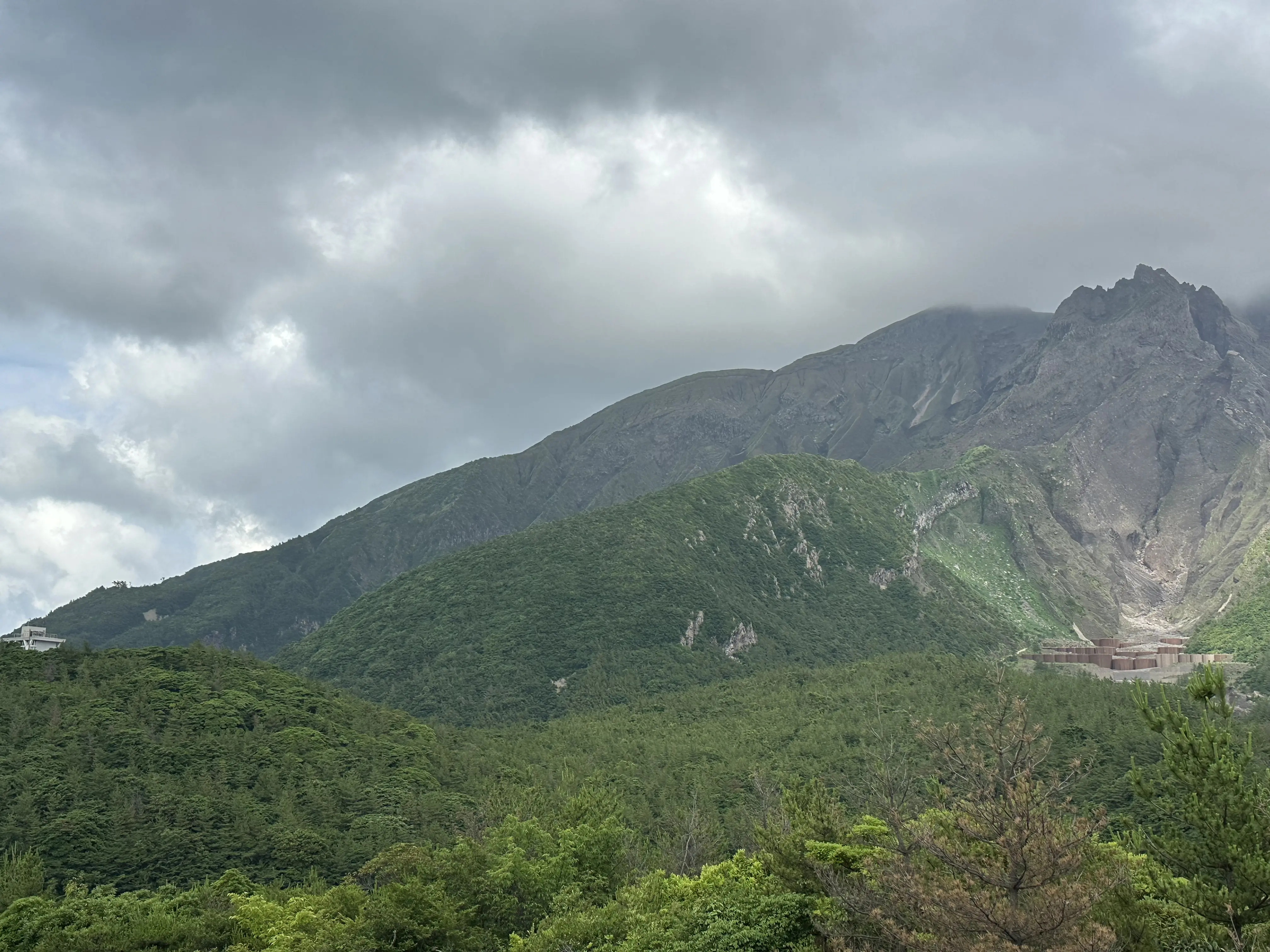
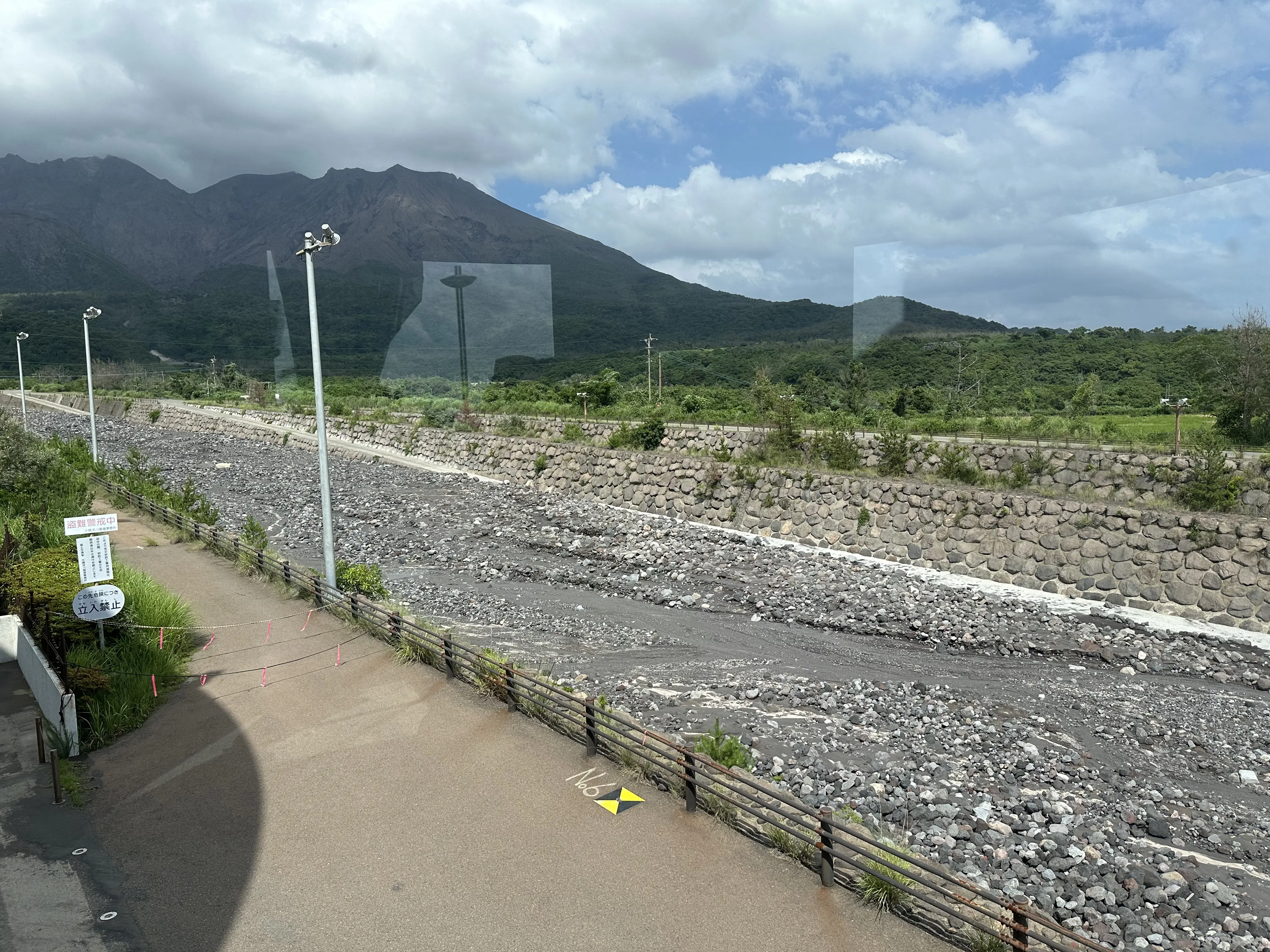
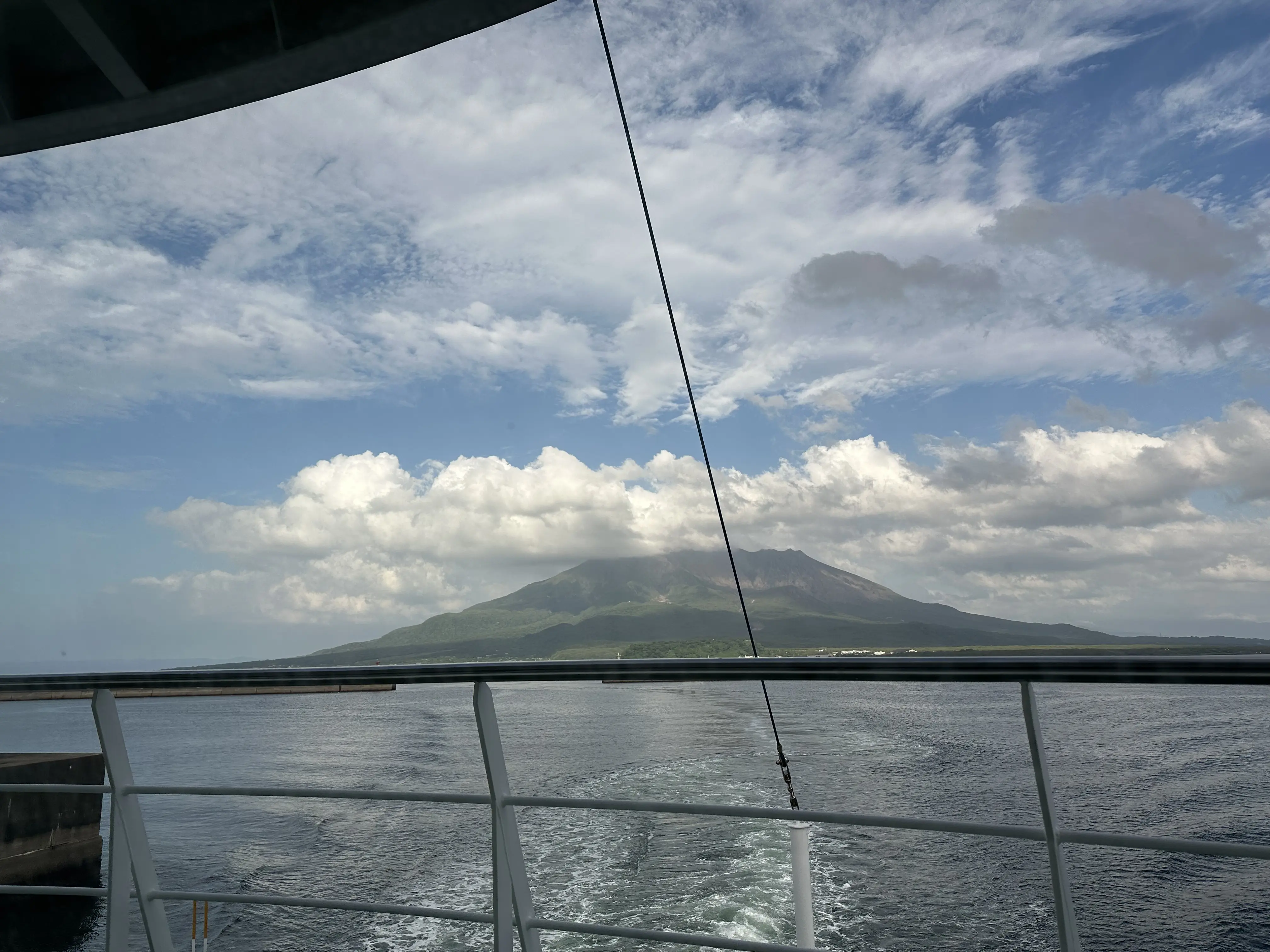
Day 5 - Nagasaki
Nagasaki is geographically unique, surrounded by mountains on three sides and facing the sea on the fourth, giving it a natural harbor-like setting. Nagasaki is known for its two distinct historical legacies; its role as Japan's gateway to foreign trade during the Edo period, and its tragic experience as the second and last city to be targeted by an atomic bomb.
The Nagasaki Peace Park is the site of the hypocentre (where the bomb was detonated). It detonated 500 metres above the city, causing massive deaths and destruction to the city. The Atomic Bomb Museum, located just next to the park, provides visitors with detailed information on the operations behind the bombing and the suffering endured in its aftermath. On 9 August 1945, exactly 20 years before Singapore's independence, the B-29 bomber nicknamed Bockscar released the atomic bomb known as "Fat Man" over Nagasaki. The bomb used conventional explosives to trigger a nuclear fission reaction within its plutonium core. Fat Man was originally intended for the city of Kokura (in present-day Kitakyushu) but the mission was redirected to Nagasaki due to thick cloud cover.
To the second historical legacy, Nagasaki was Japan's gateway to foreign trade. Interestingly, the gateway was housed on an artificial island called the Dejima, meaning foreigners were only allowed in Dejima and not the mainland. It was meant to house the Portugese merchants but soon they made way for the Dutch, who were permitted to trade with Japan through the Dutch East India Company (regarded as the first MNC).
As Japan opened up to the world following the arrival of Commodore Perry's fleet in 1853, Dejima gradually lost its importance. With the end of Japan's isolation, foreigners were no longer confined to the artificial island and began settling in Nagasaki itself. This led to the emergence of distinct European-style architecture, traces of which are seen throughout the city today.
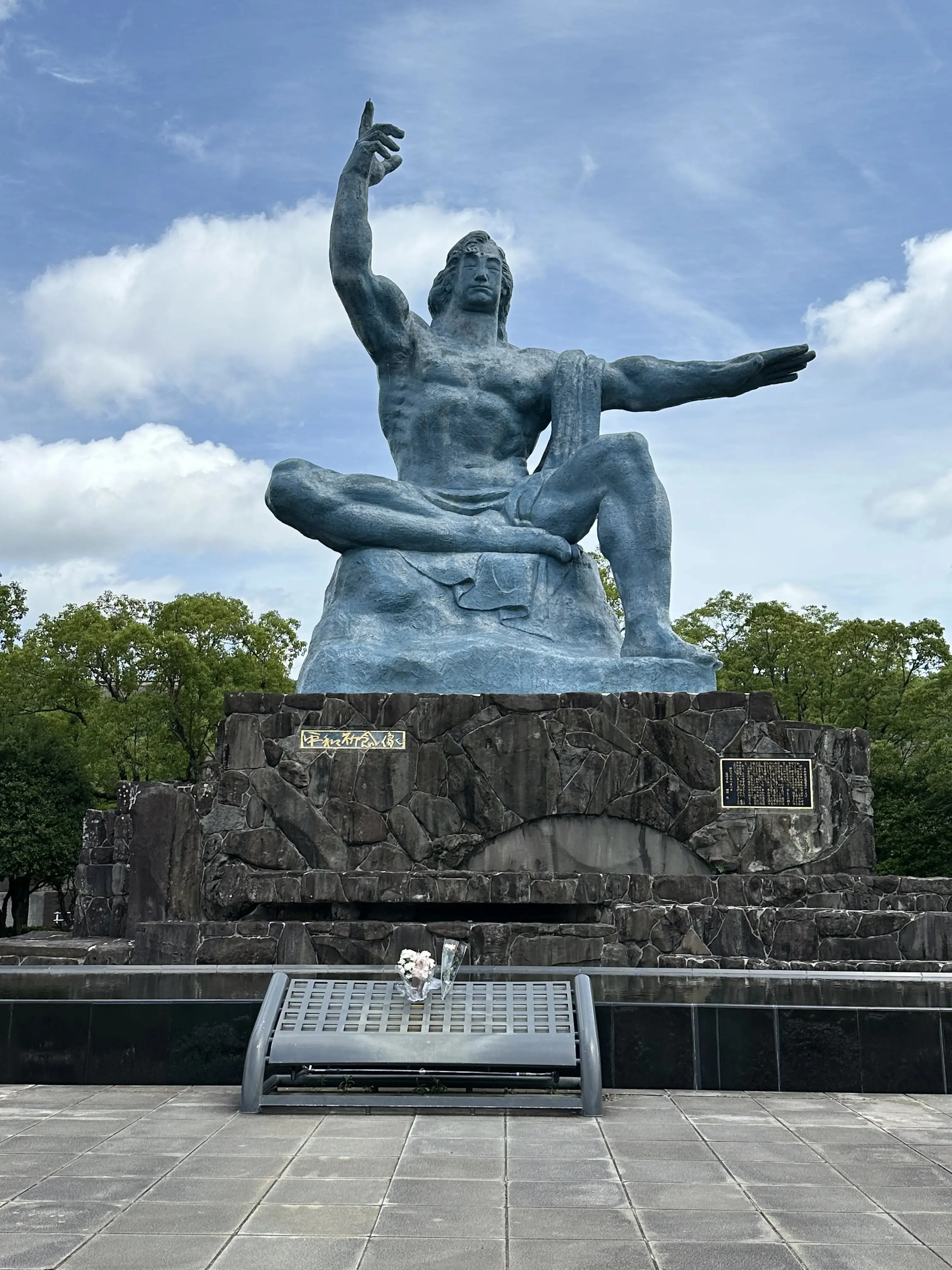
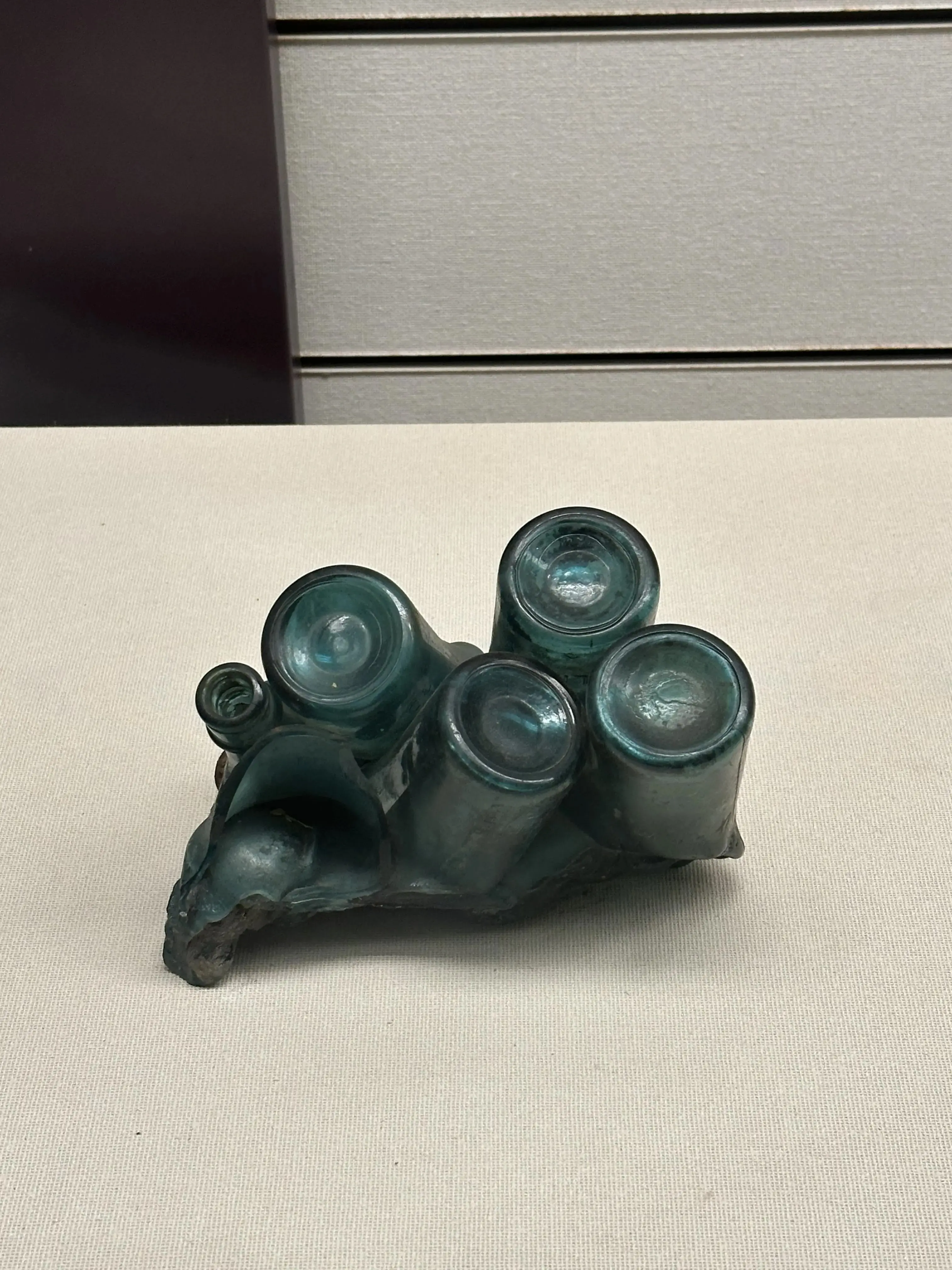
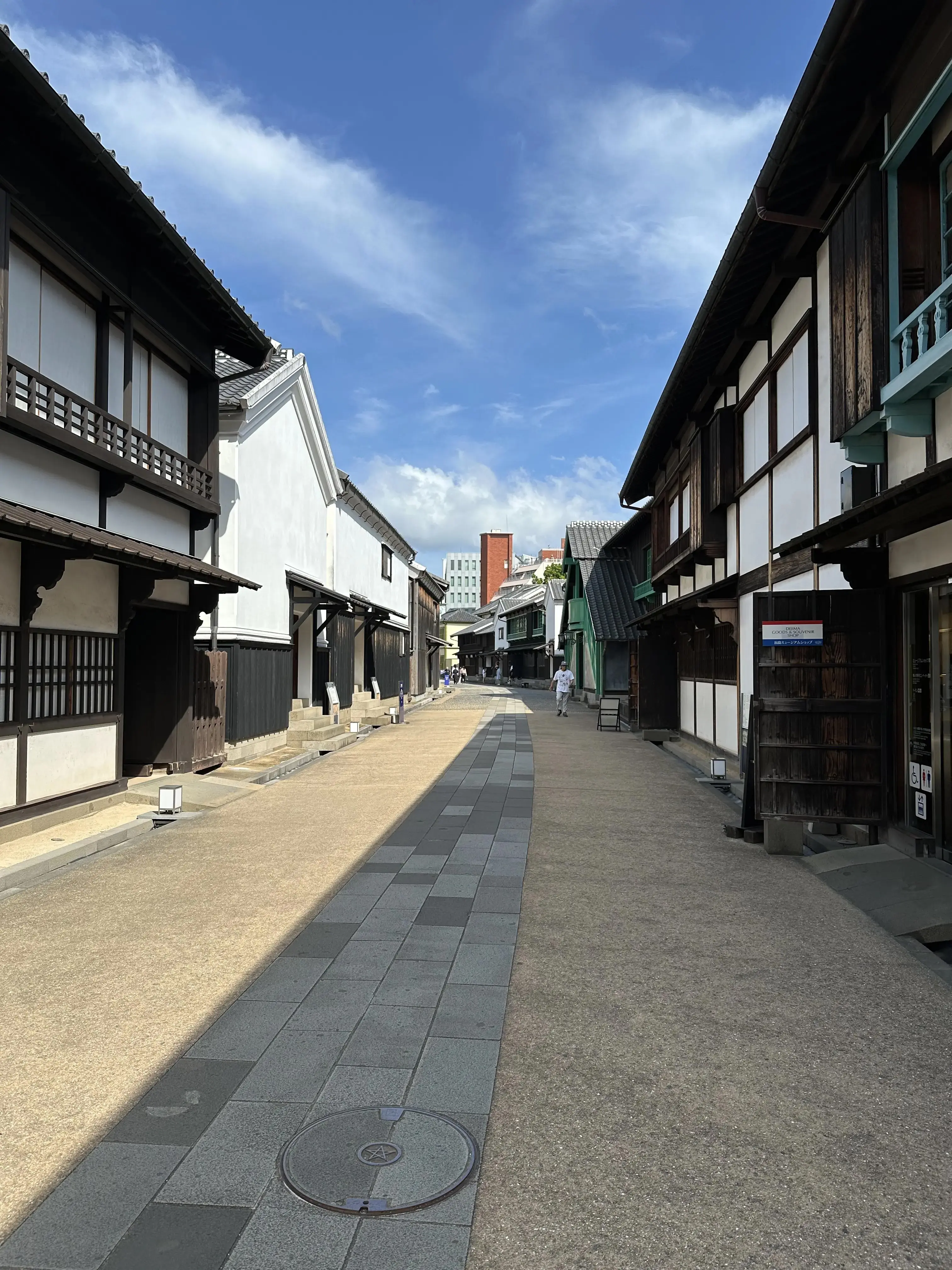
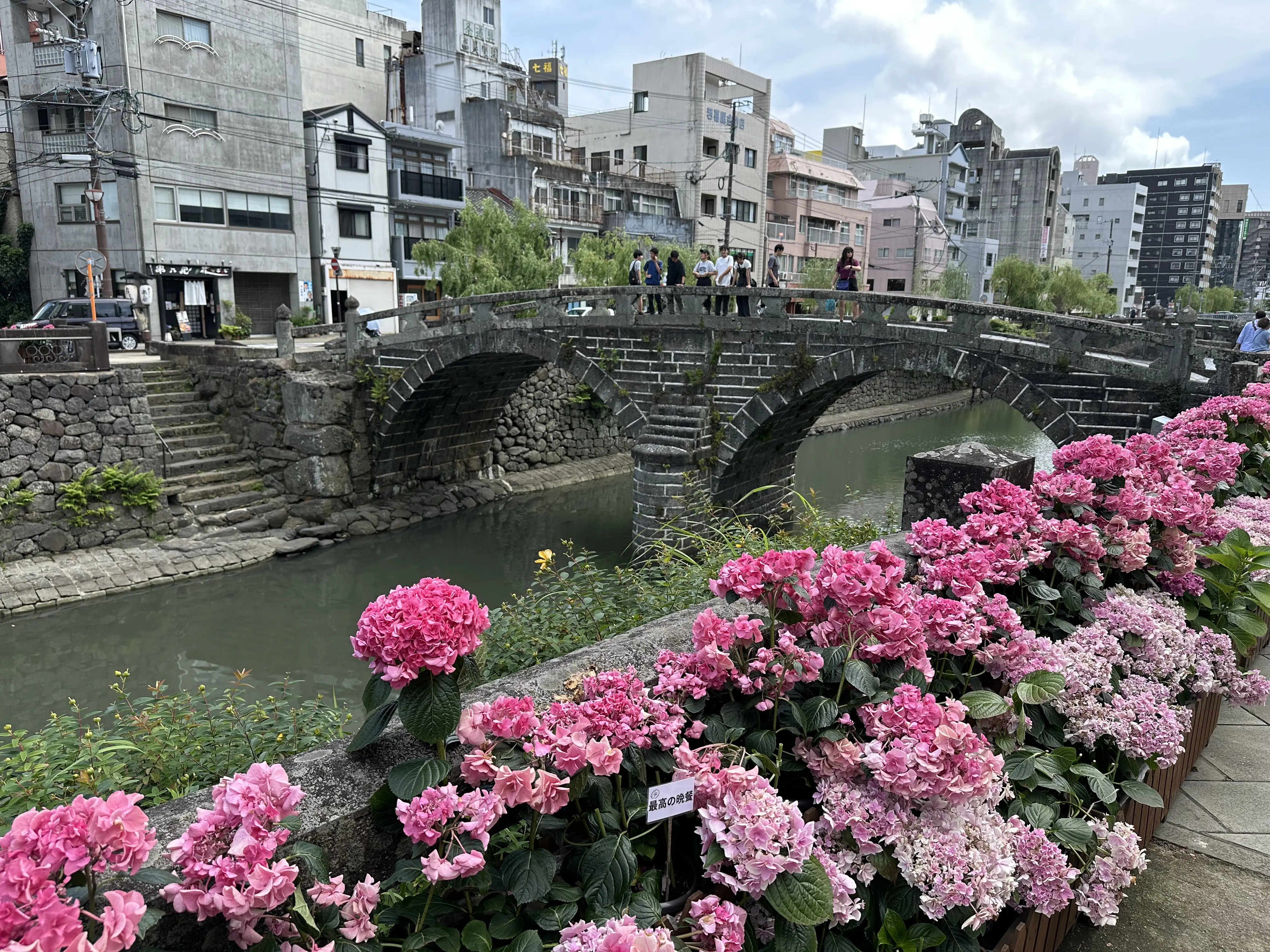
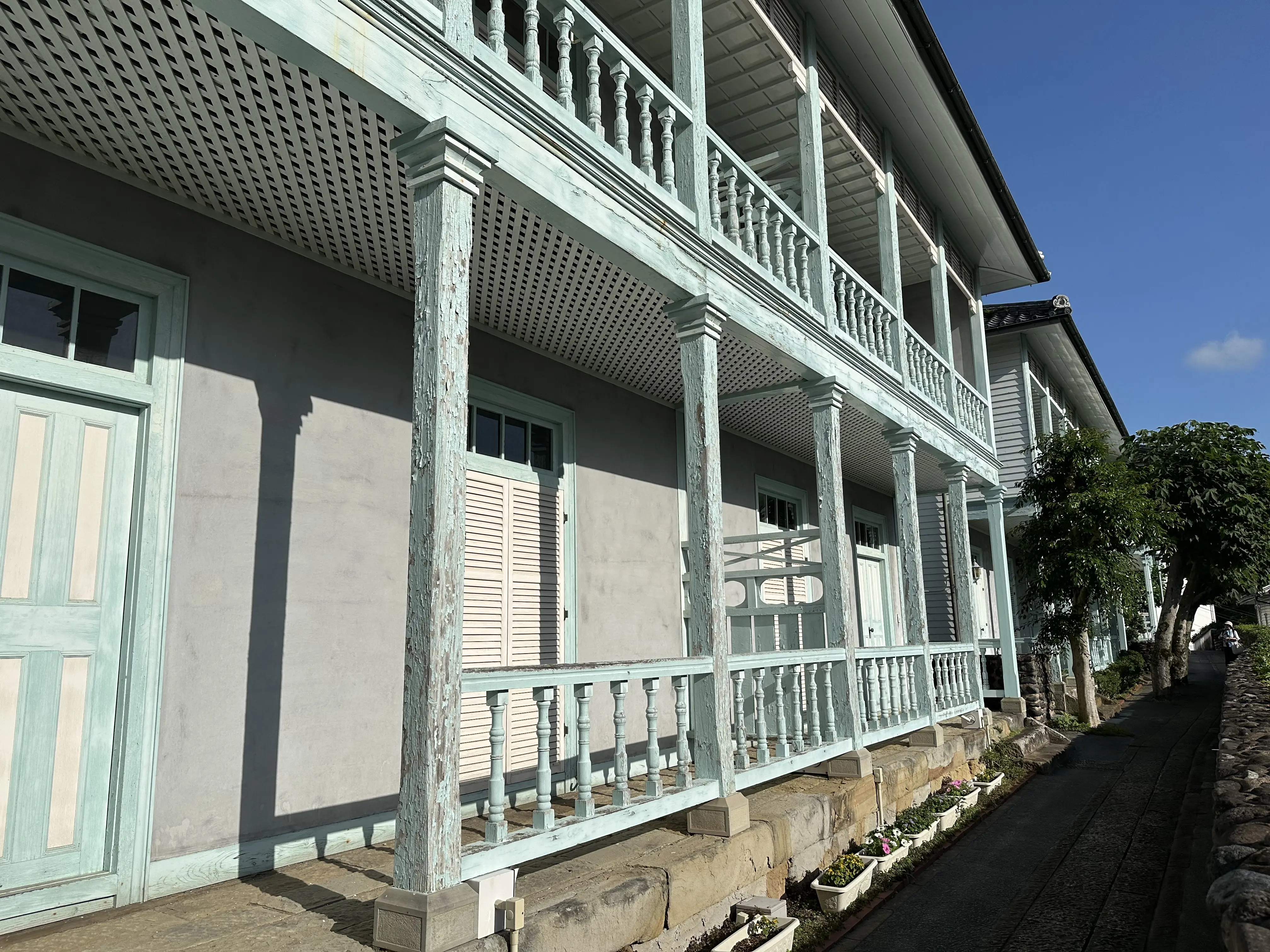
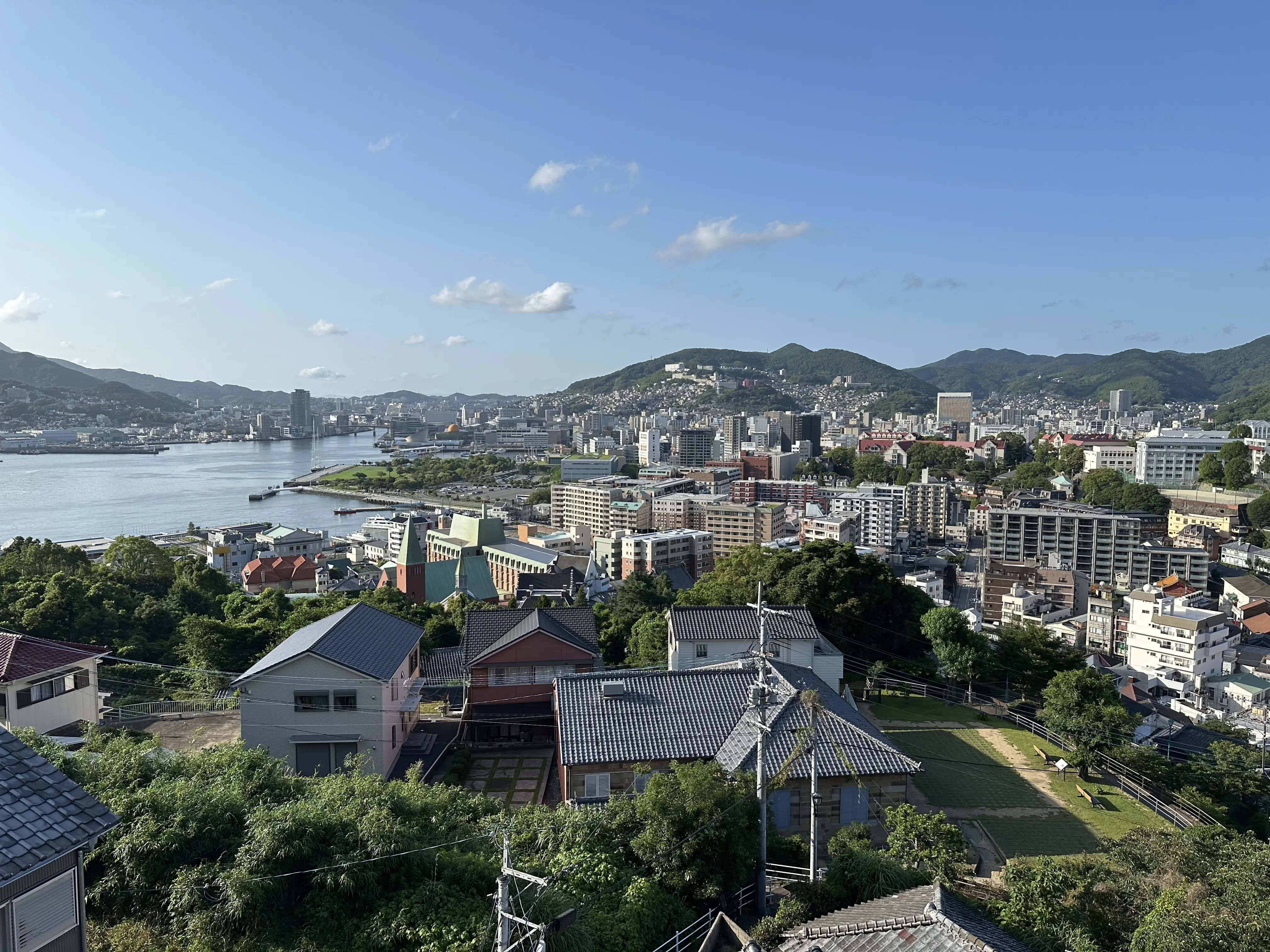
Day 6 - Kumamoto
Kumamoto is a city with the good vibes of history, nature and shopping. Like many Japanese cities, it has a magnificent castle, a serene Japanese garden, and lively shotengai (traditional shopping streets) where one can experience local culture and cuisine.
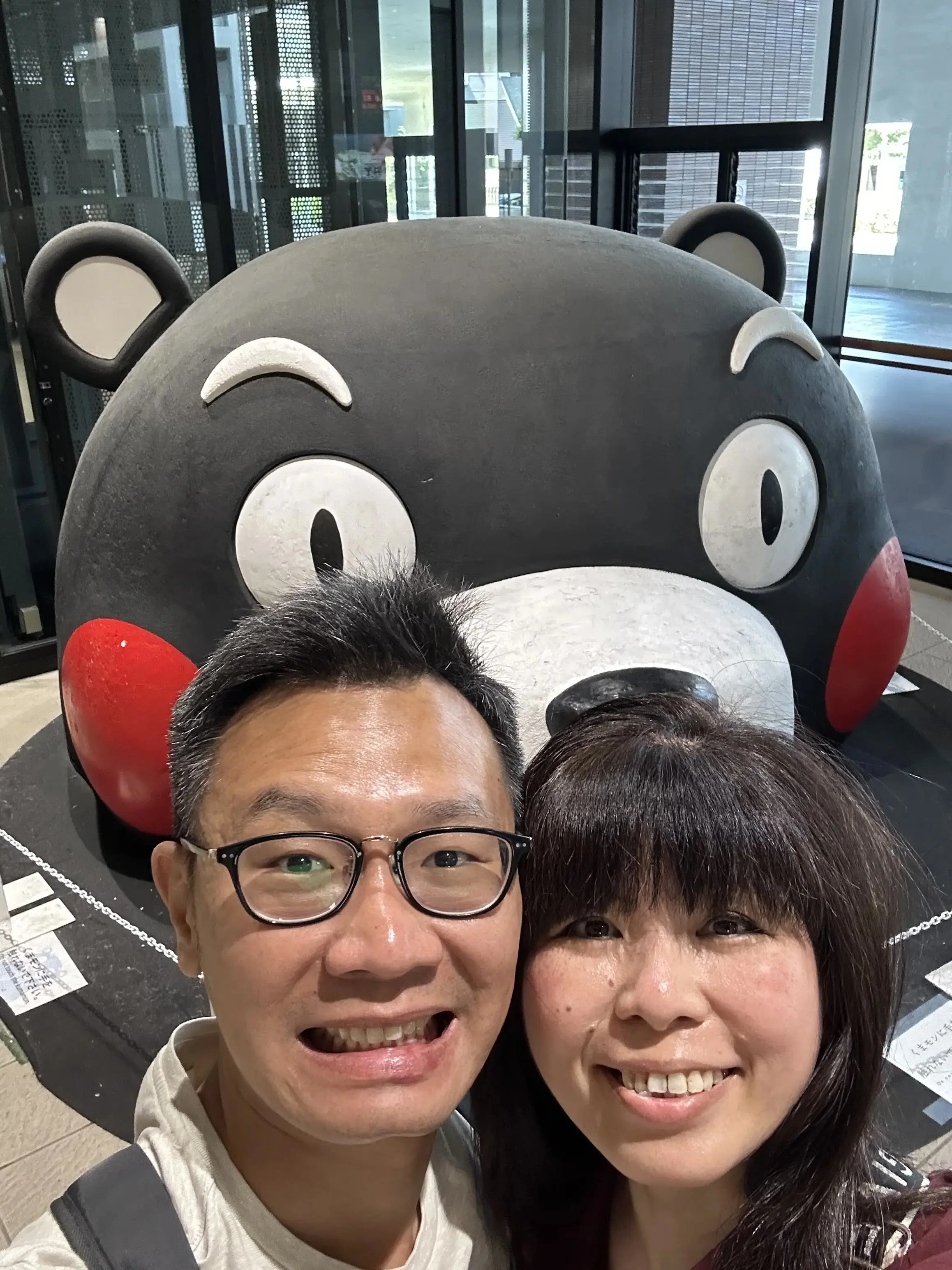
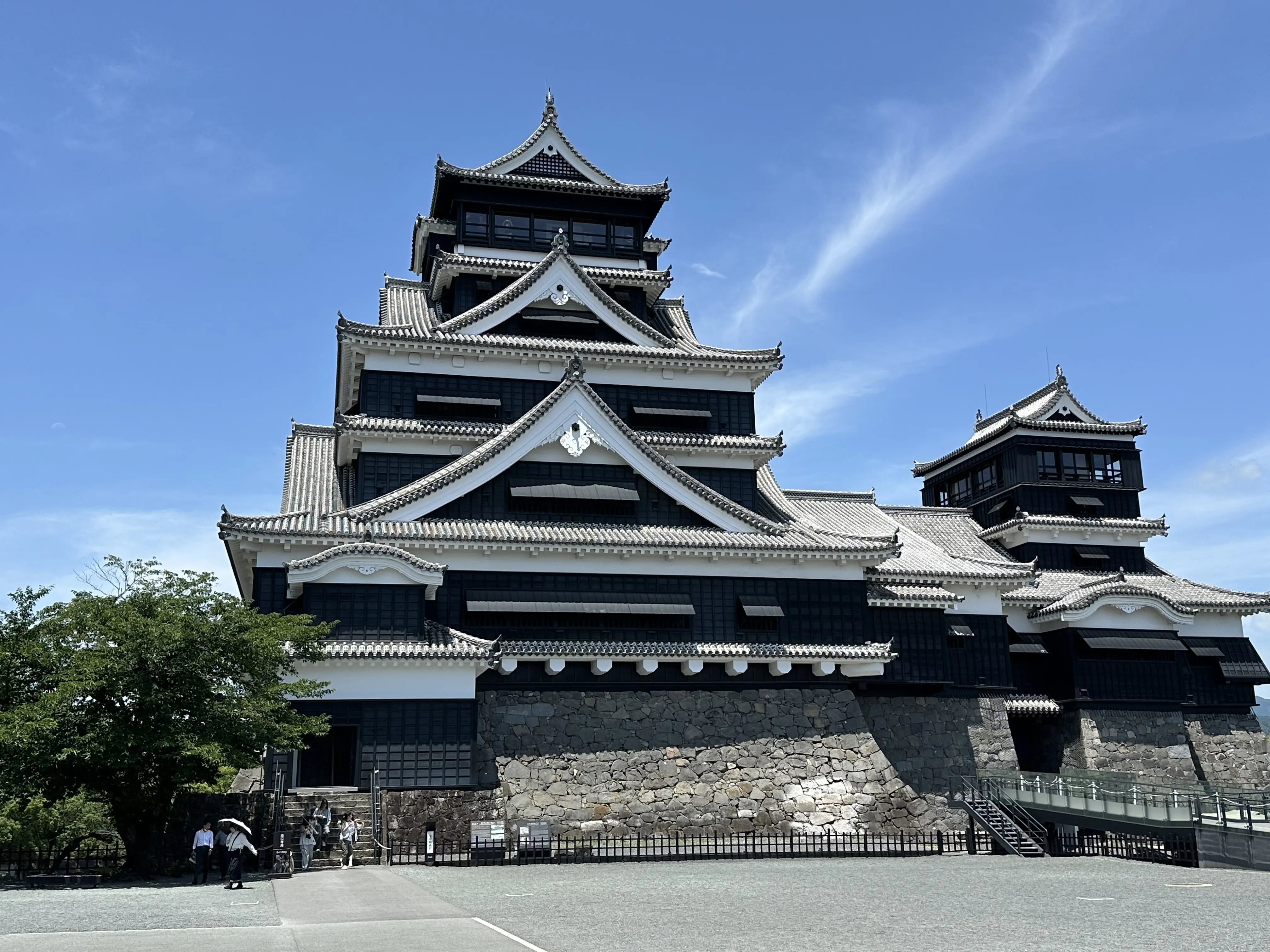
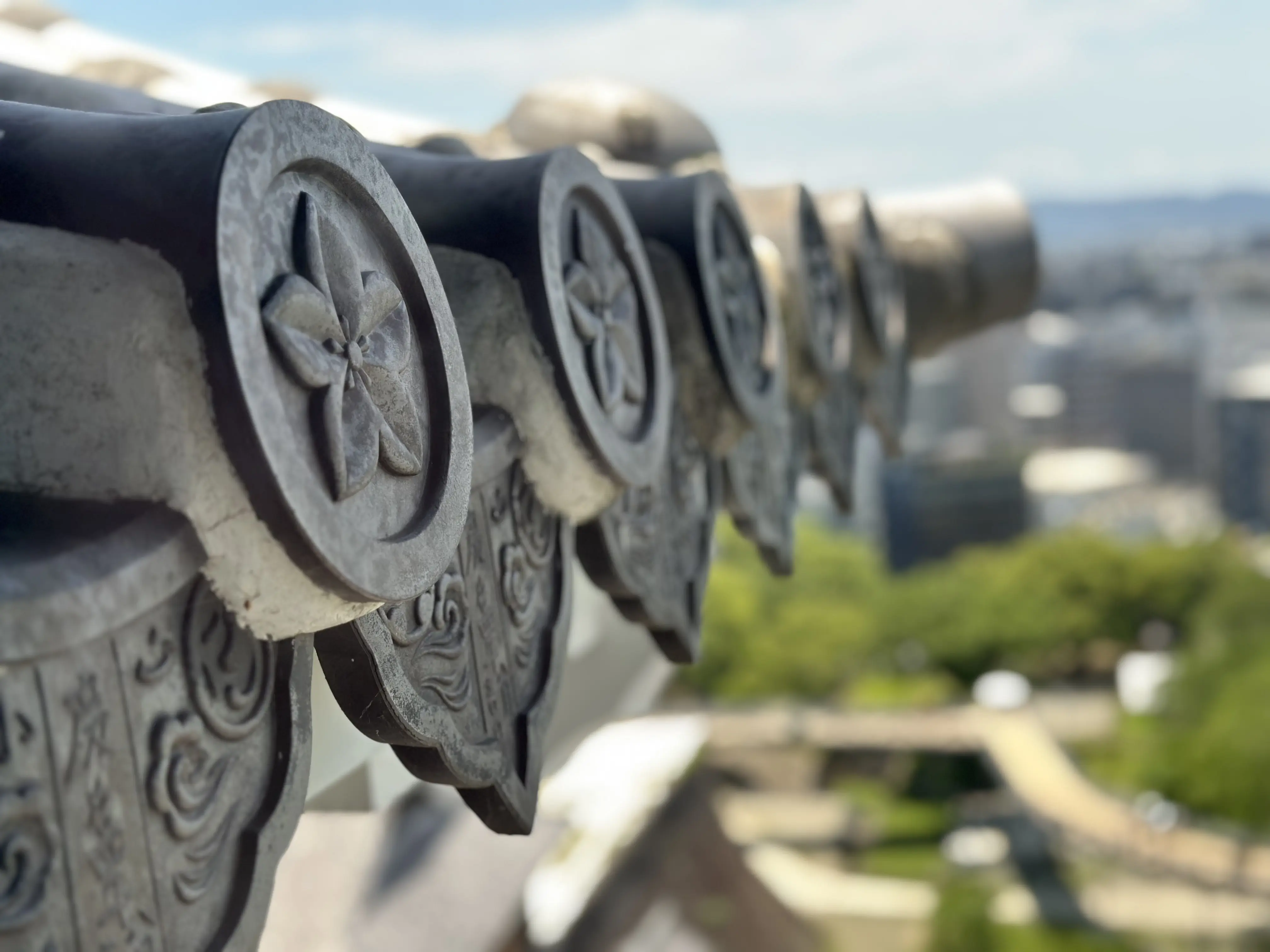
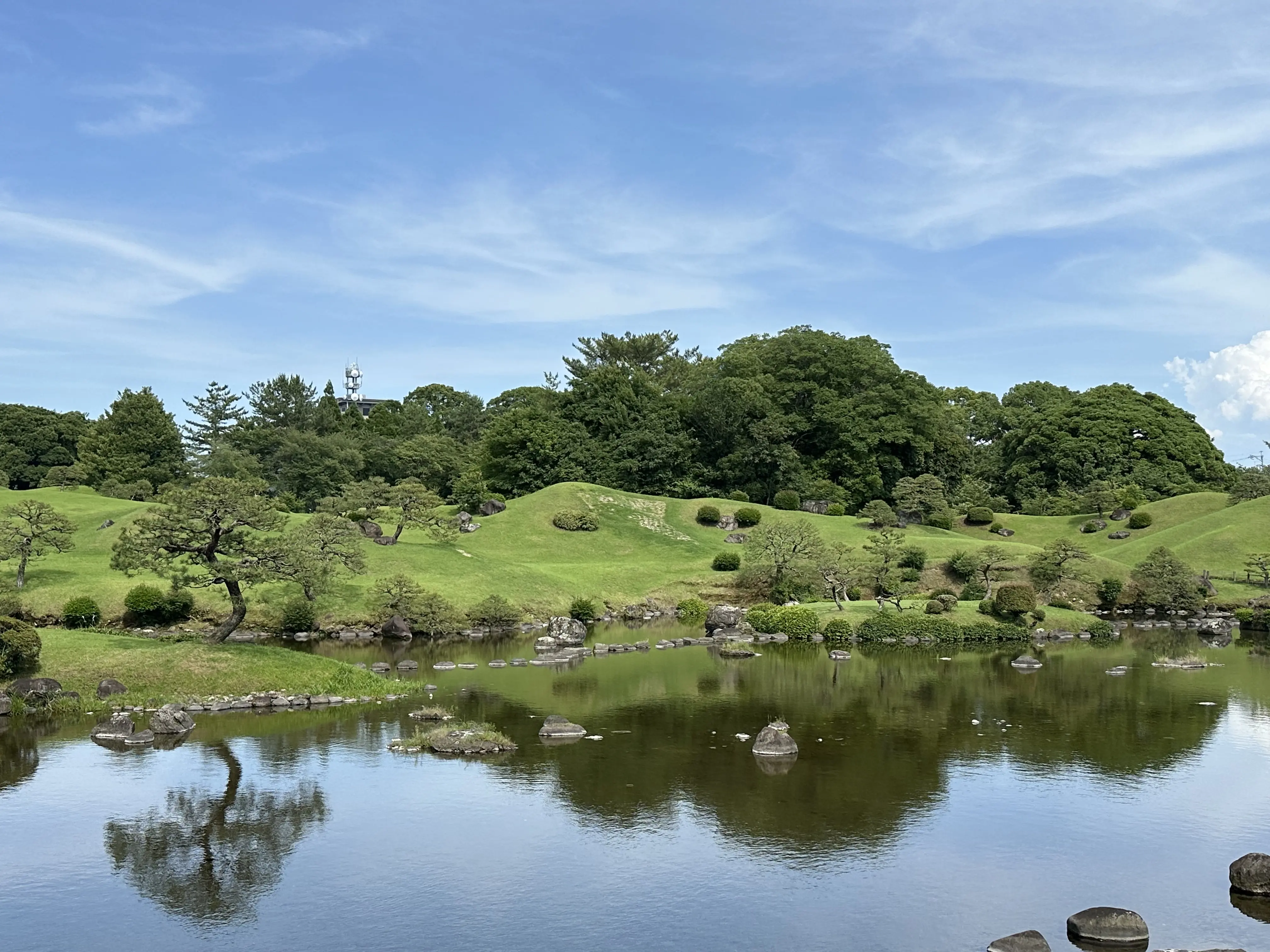

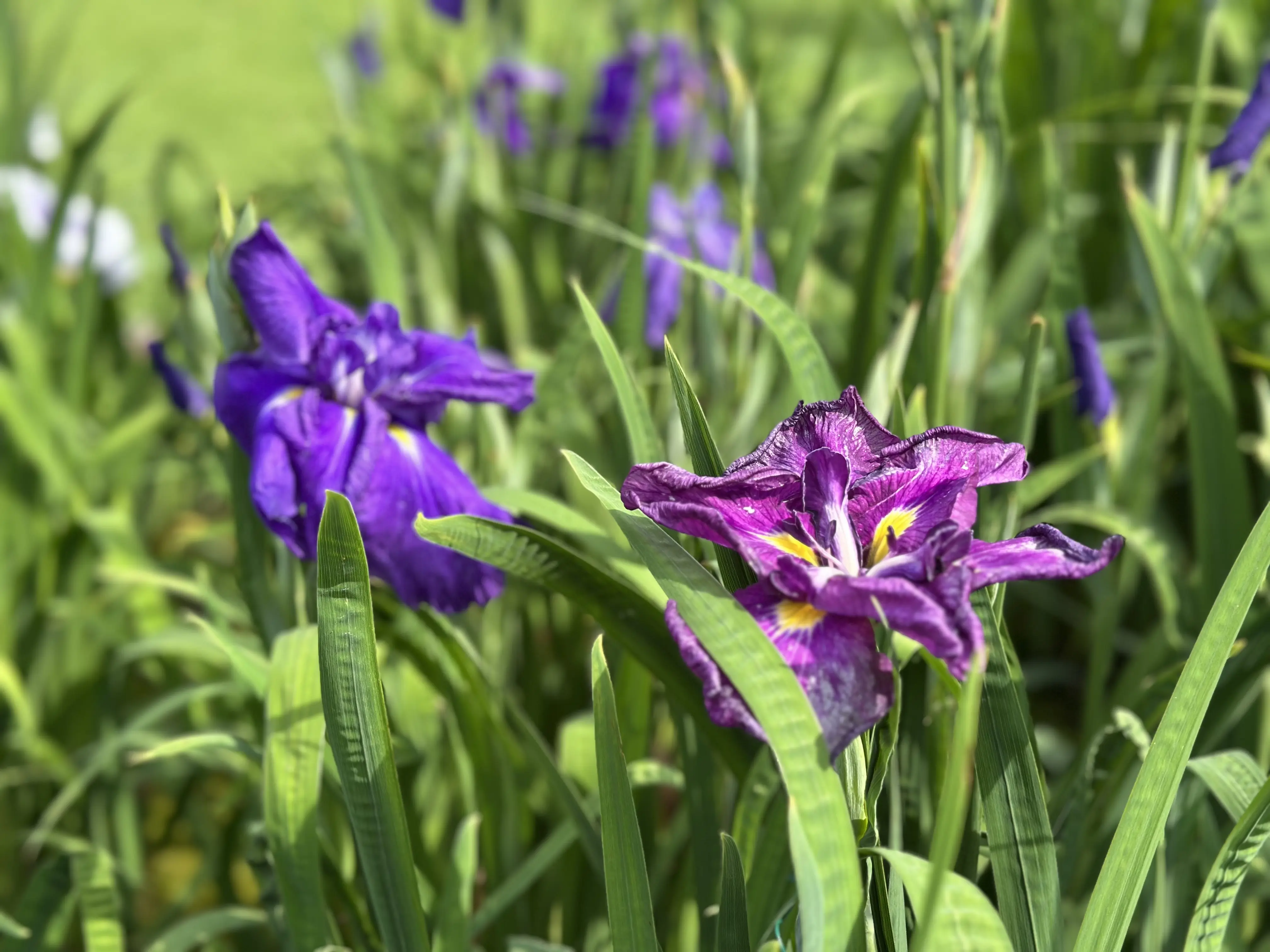
Day 7 - Back to Hakata
We spent our last full day in Hakata, Fukuoka visiting places which we did not manage to previously. Nestled within the Hakata Old District are various shrines such as the Kushida shrine. The shrine hosts an annual festival called the Hakata Gion Yamakasa Festival. One of the highlights of the festival is an event where men race through the streets of Hakata with elaborately decorative floats.
We returned to the Tenjin shopping district for some last-minute shopping and to enjoy one final bite of the deliciously chewy Mister Donuts. From there, we took a leisurely walk along the Naka River, making our way back to Canal City Hakata—our very first stop at the start of the trip.
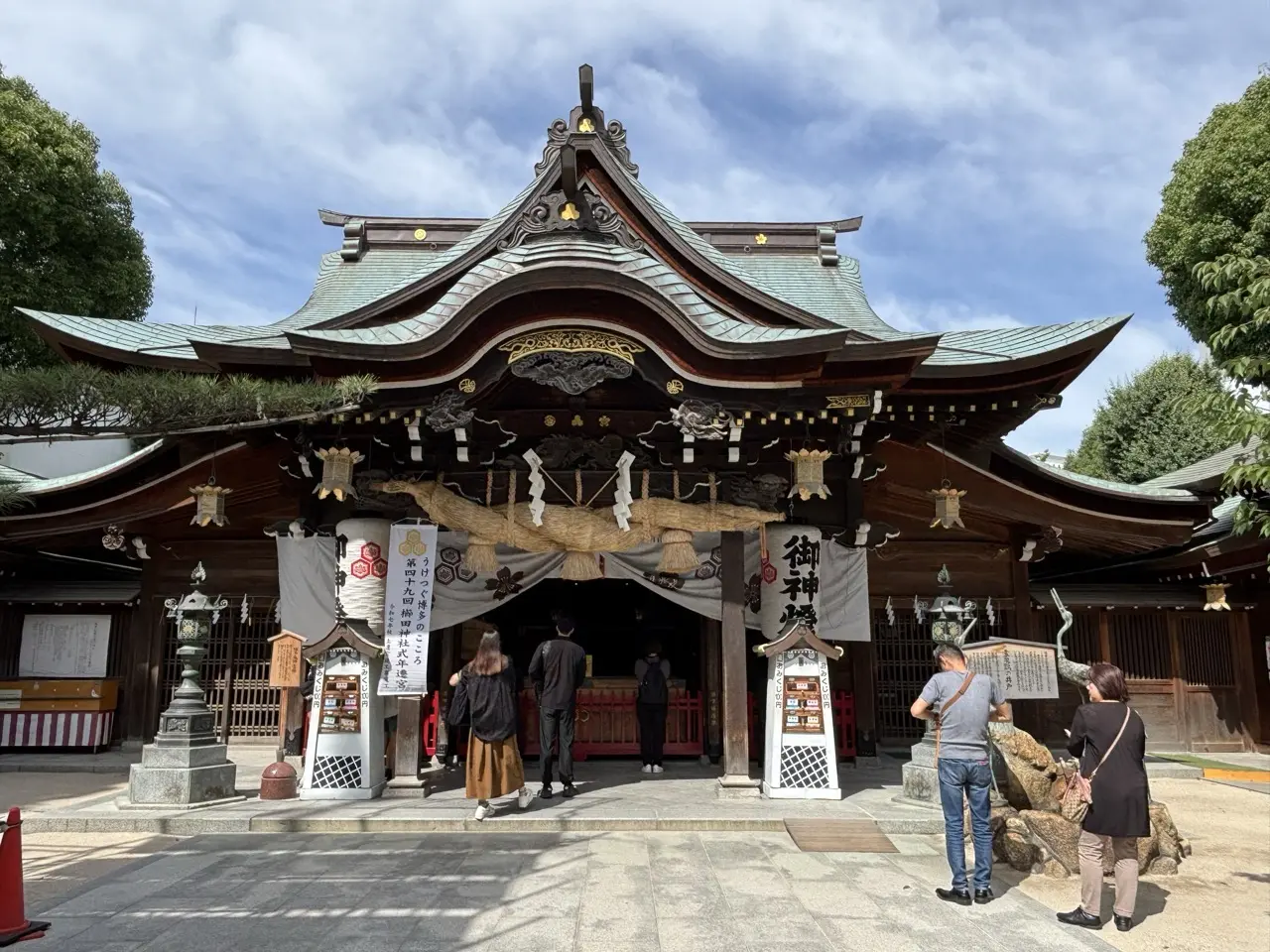
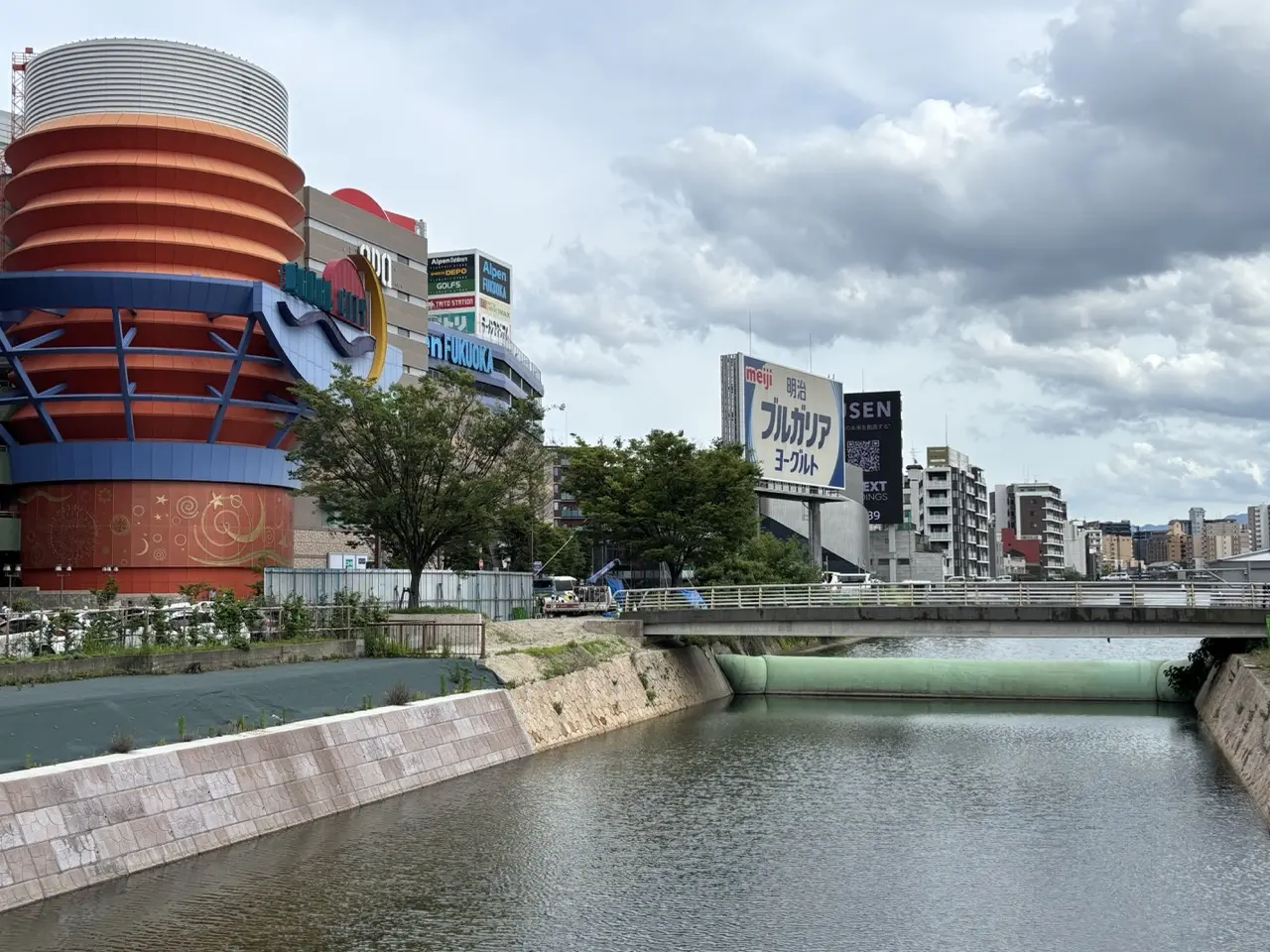
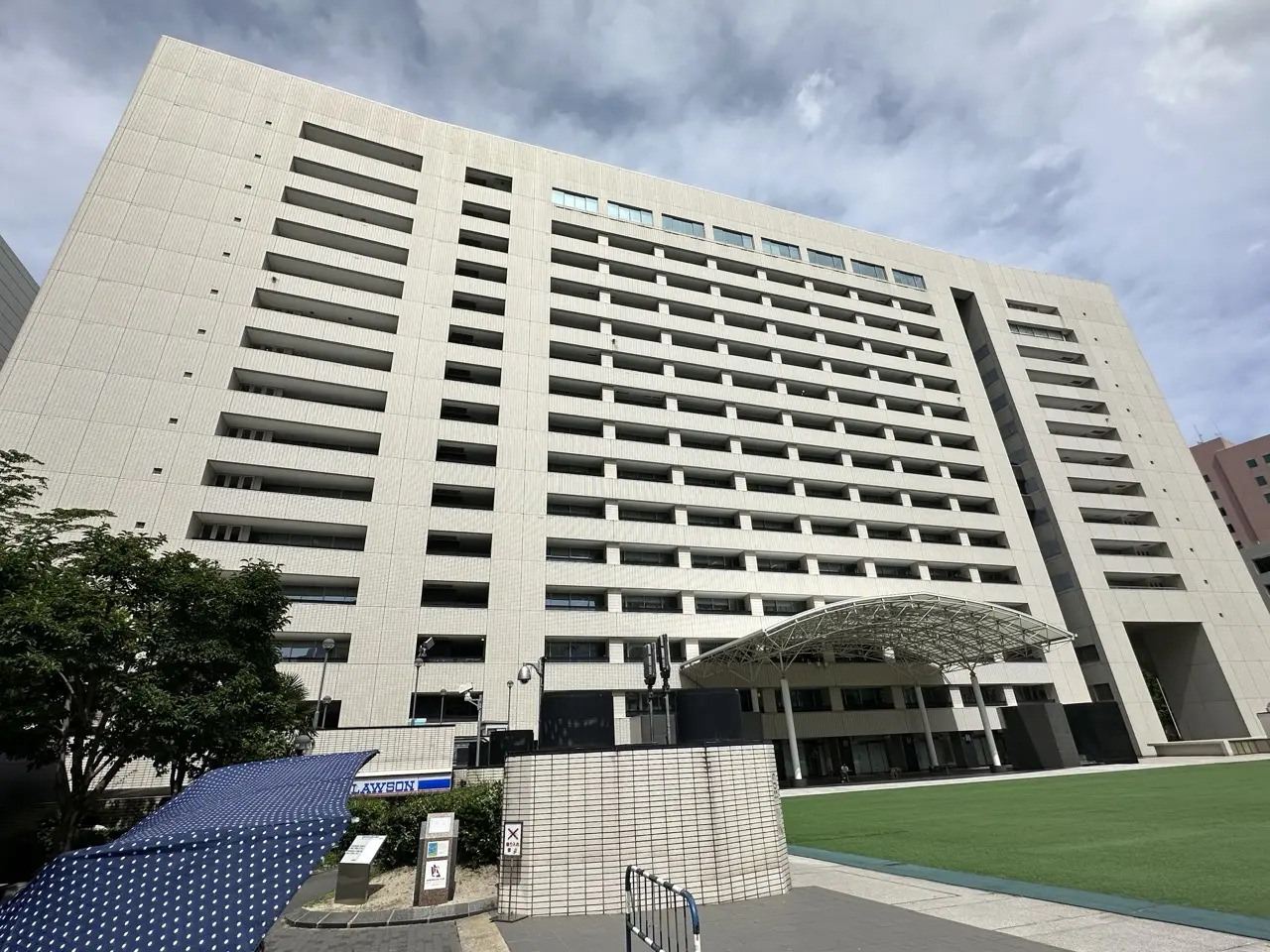
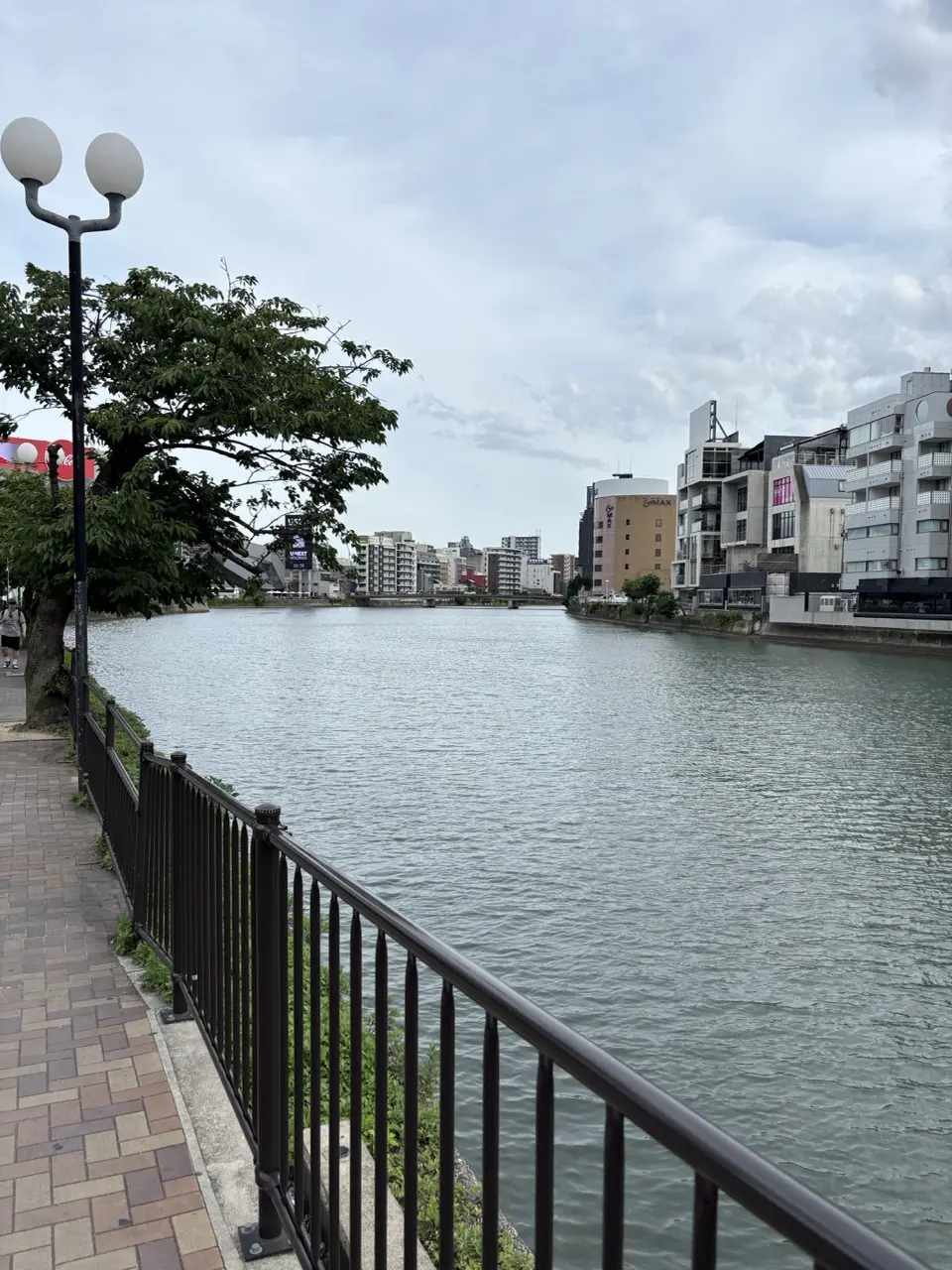
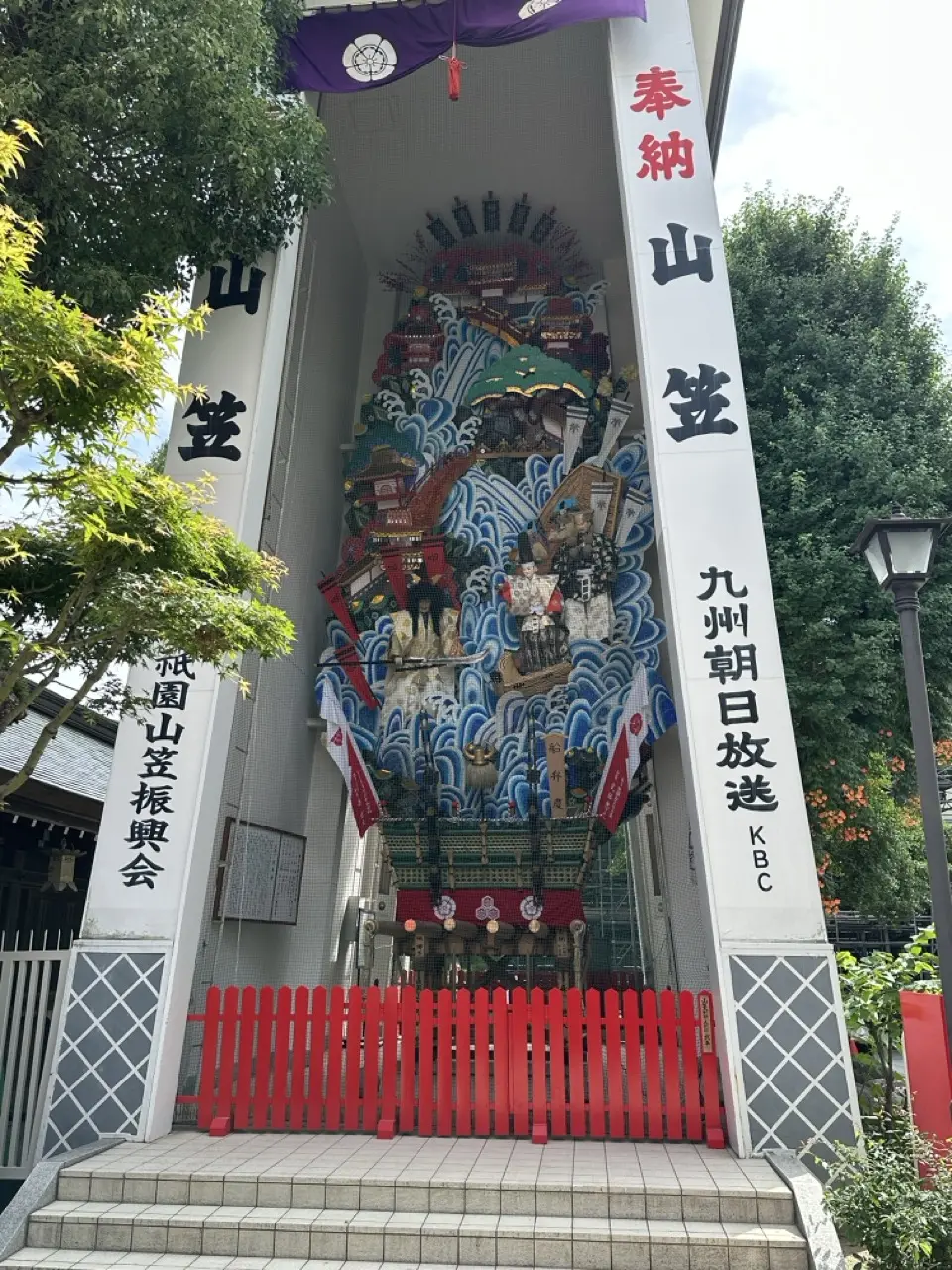
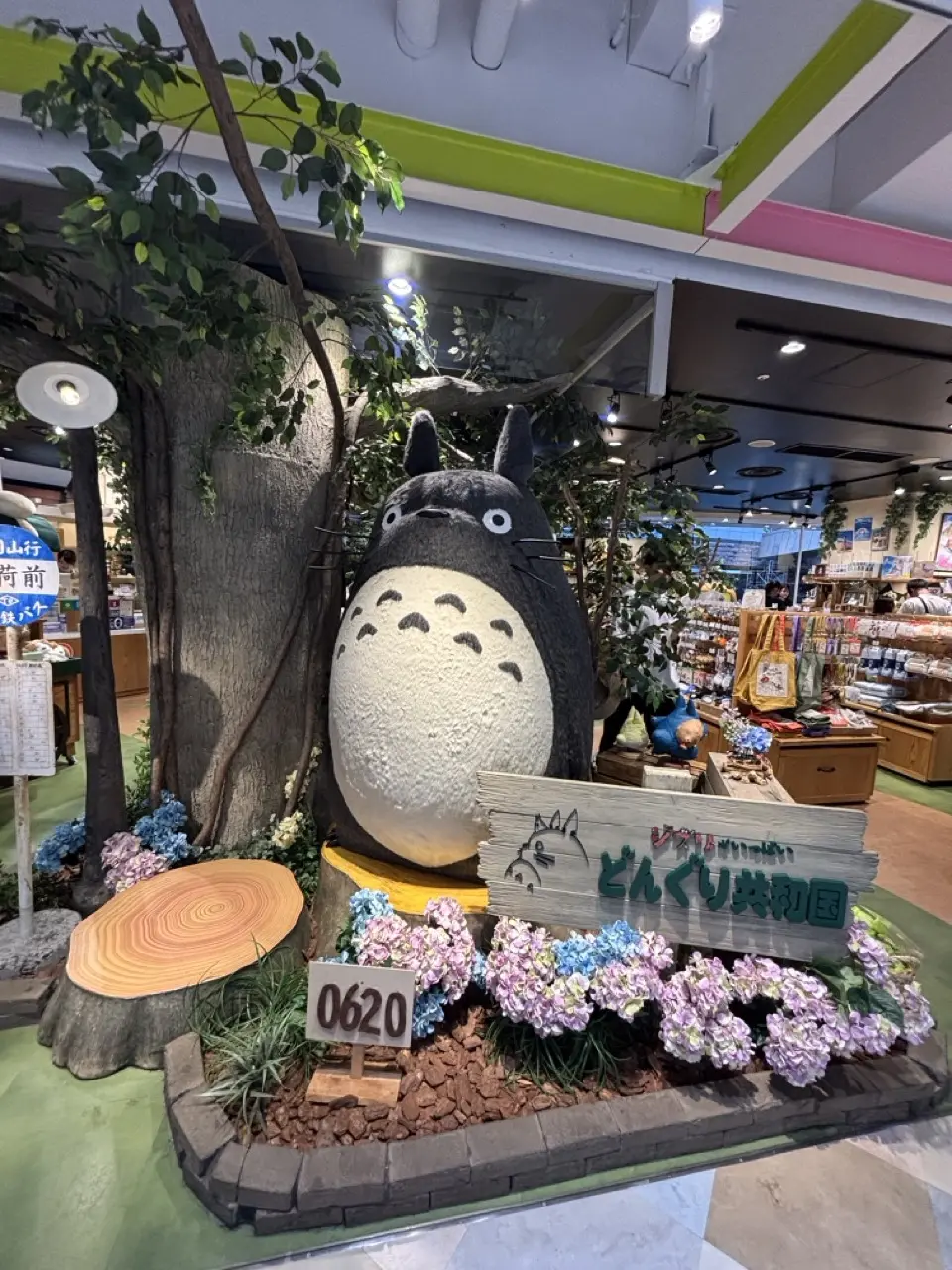
Summary
The one week holiday in Kyushu had been enjoyable and relaxing. It allowed me to take a pause, and reflect on the many wonders we have. In gratitude, I am thankful for being able to go for a holiday, to rest, explore and move readily. At the same time, the trip also reminded me of the importance of maintaining our health through diet, exercise and well-being, so that one can continue to savour what life has got to offer. Till next time...